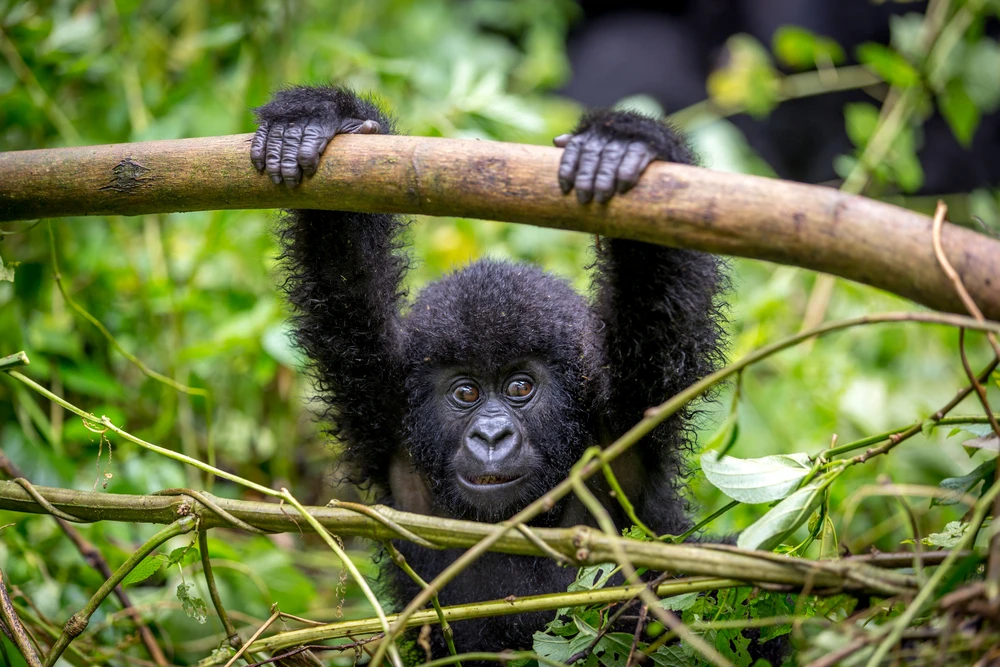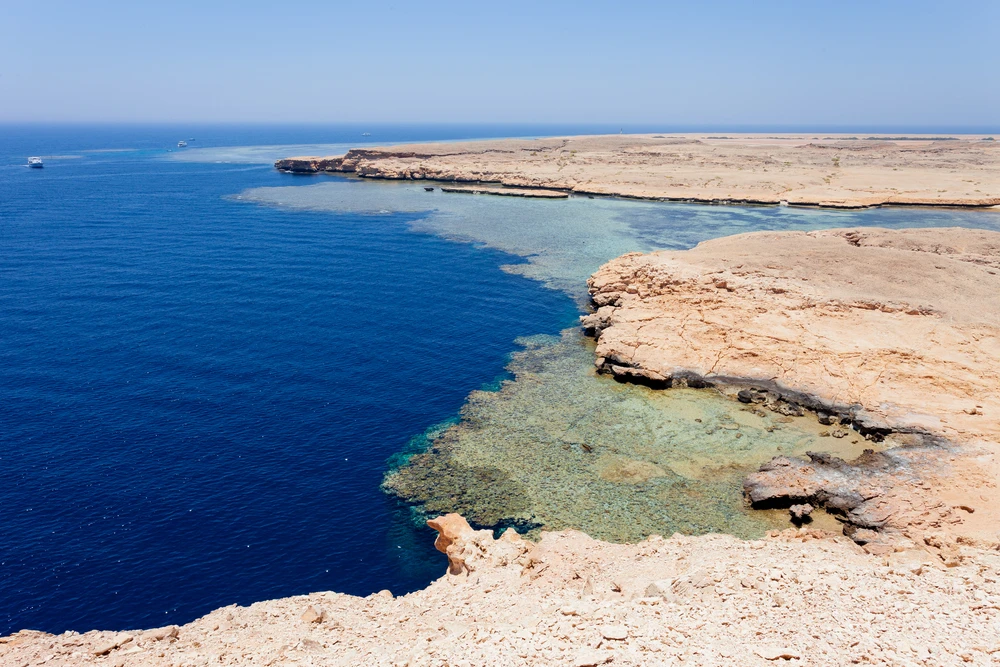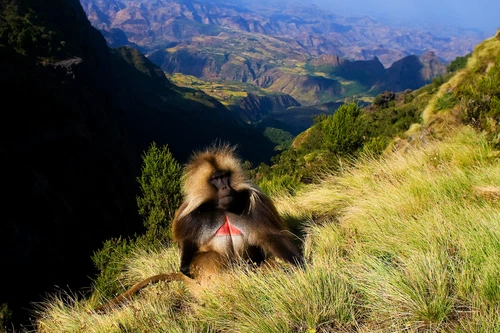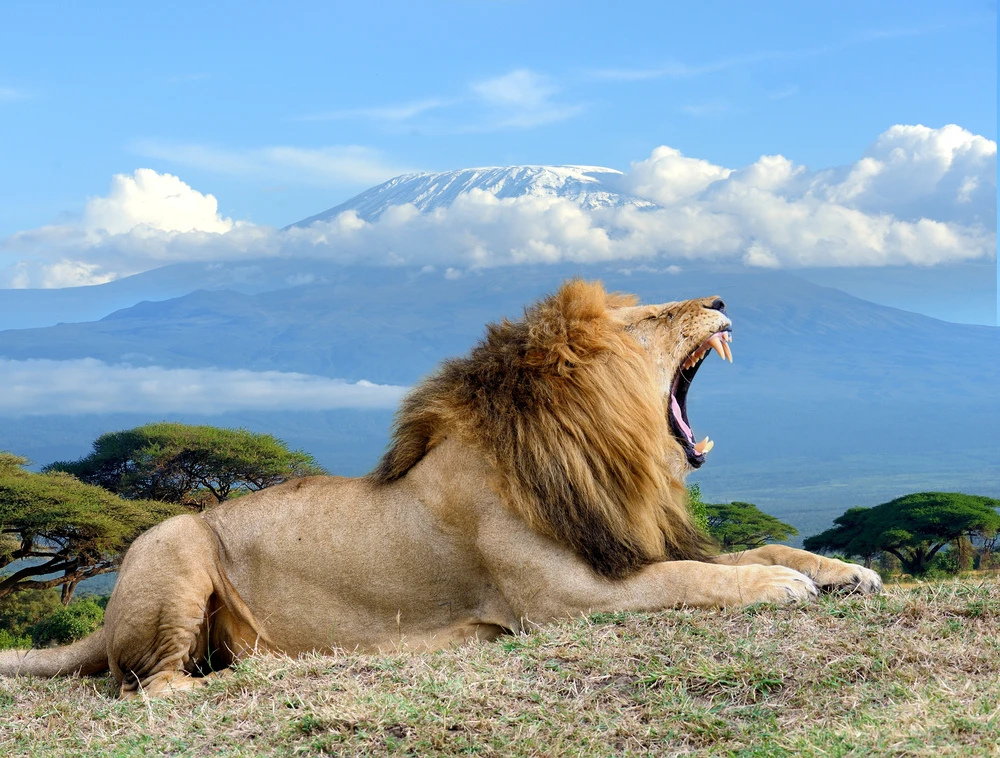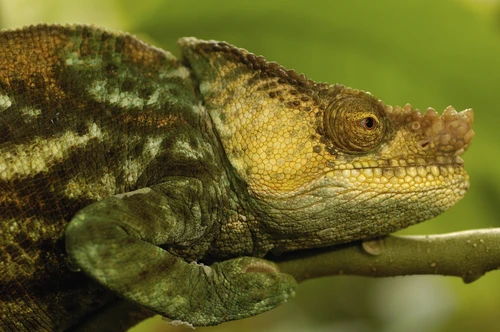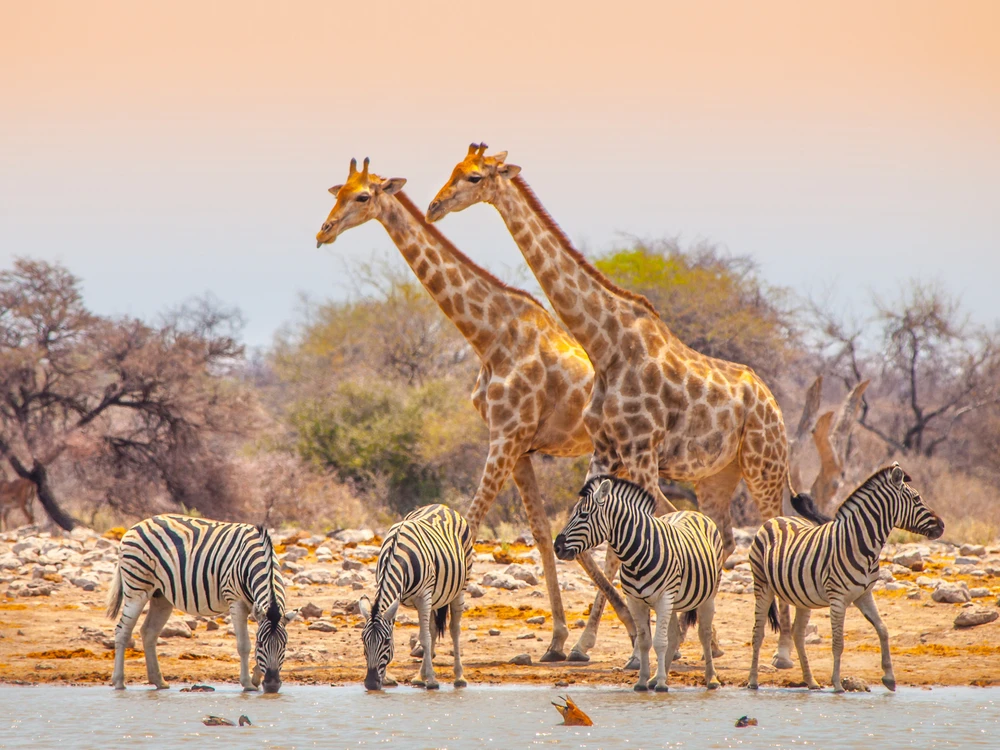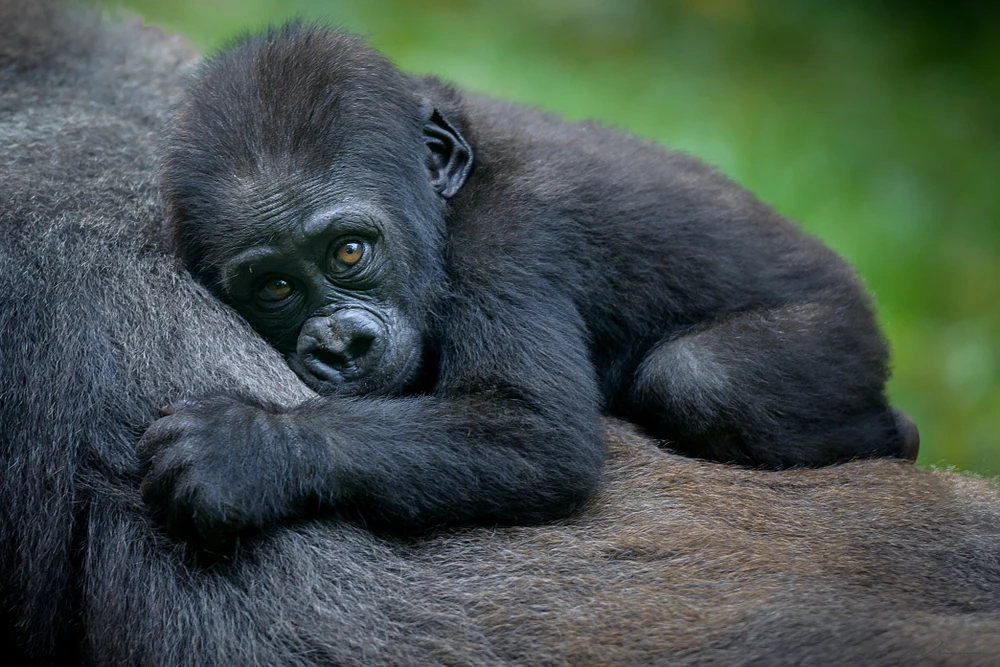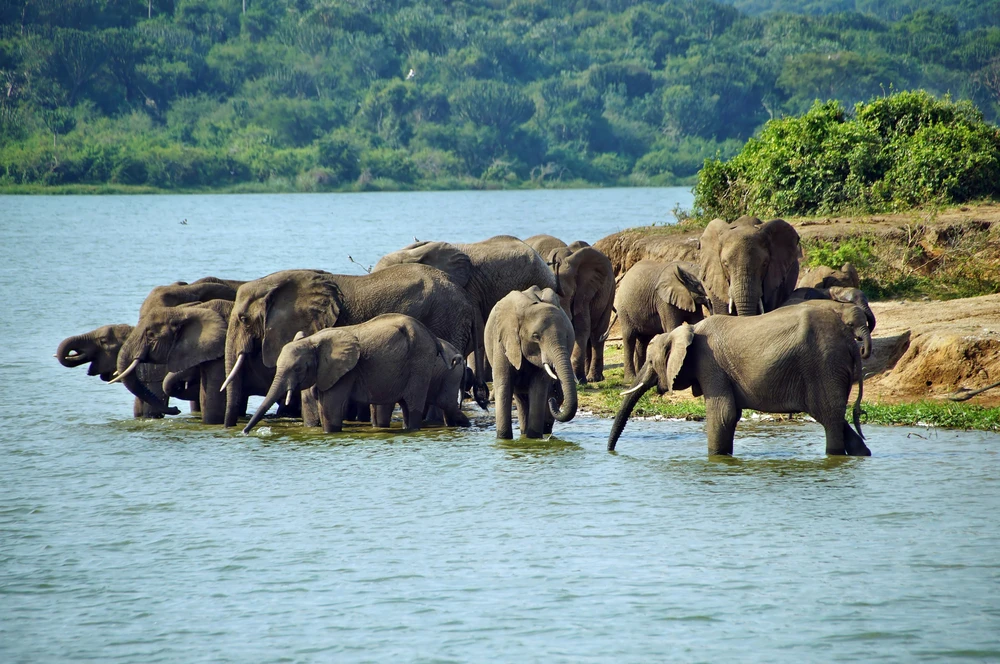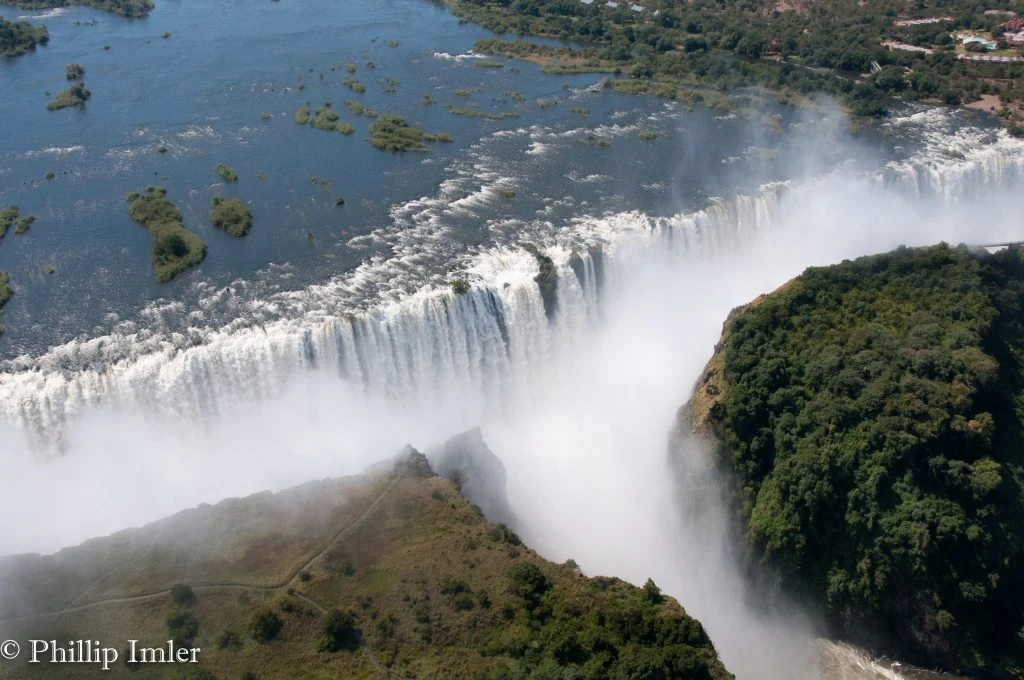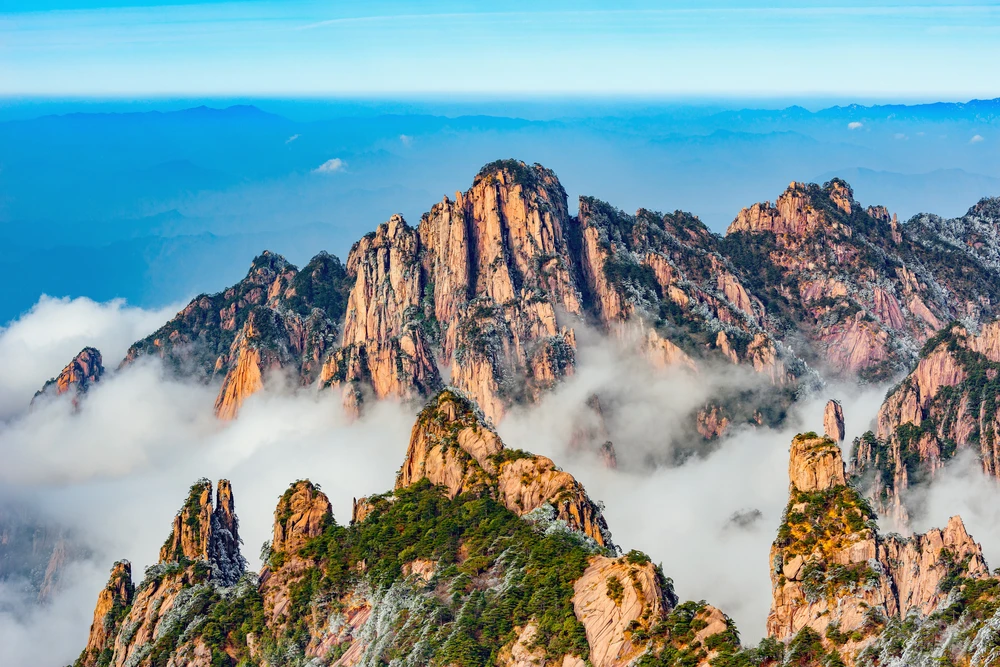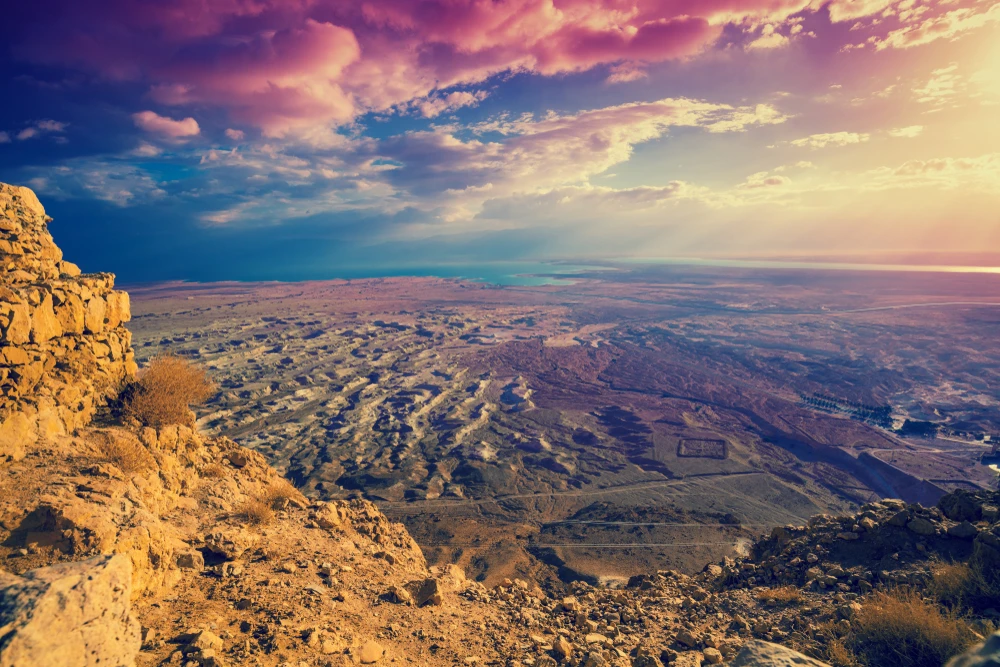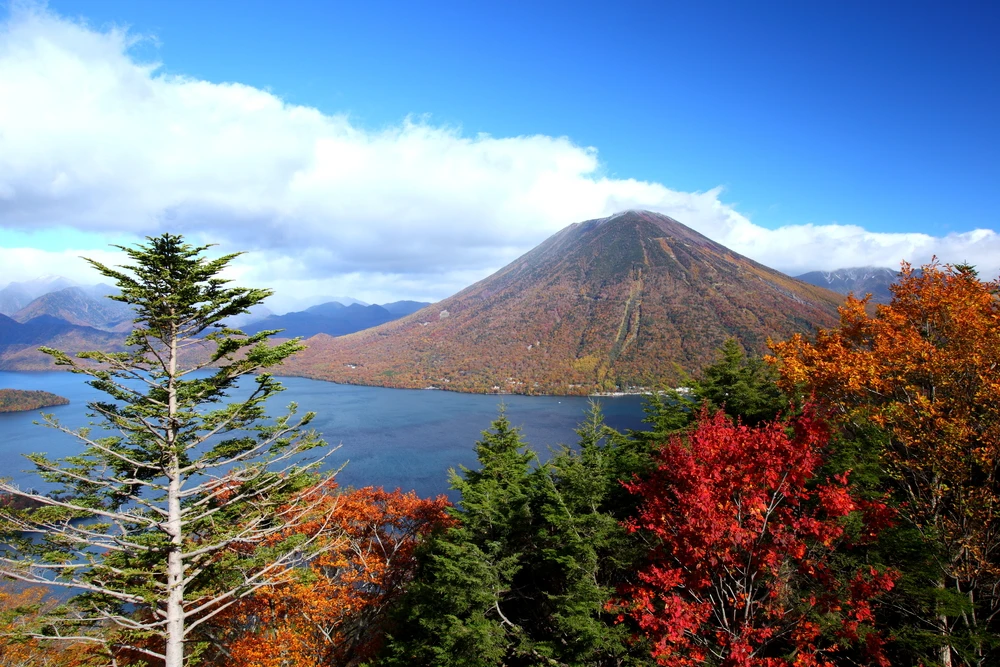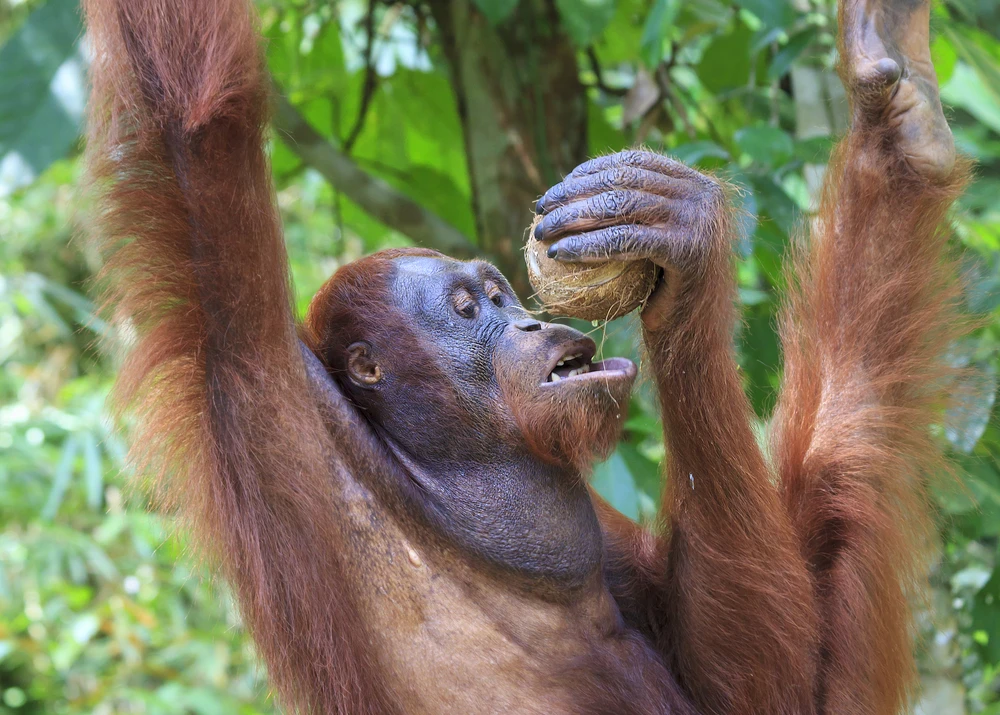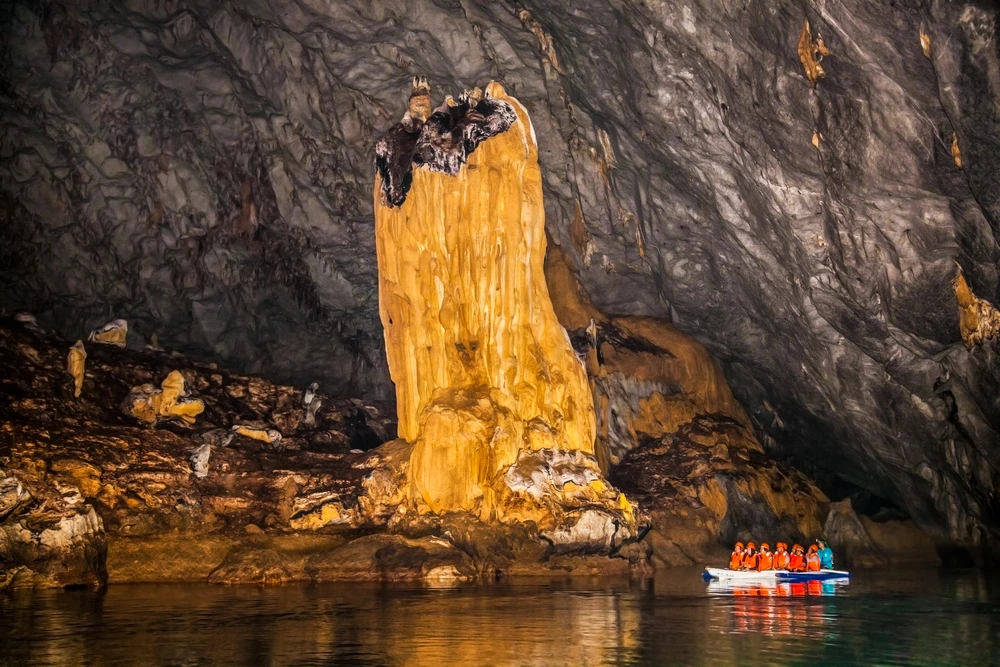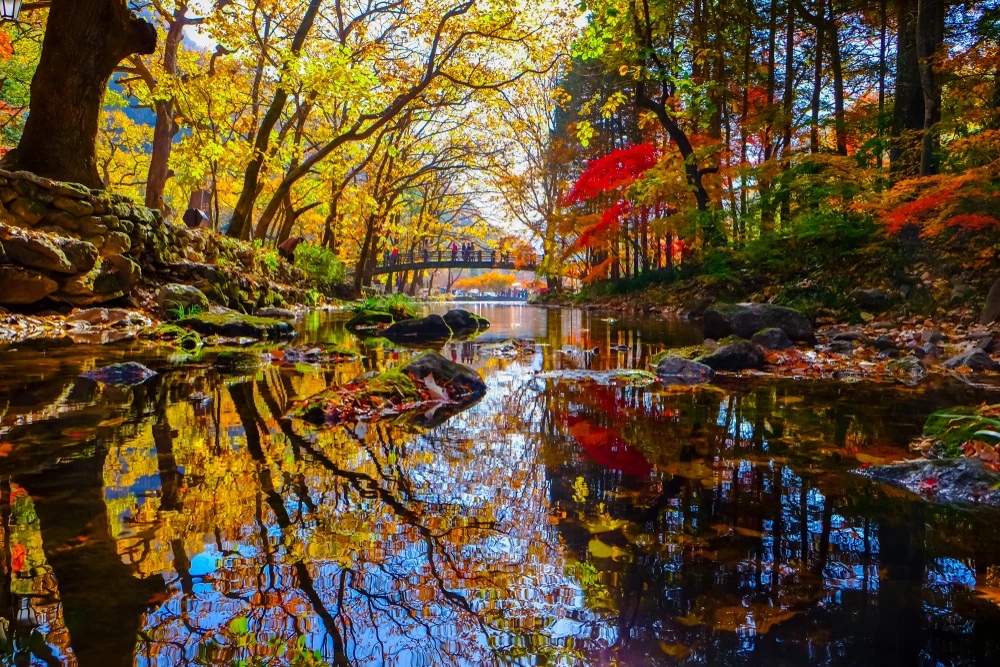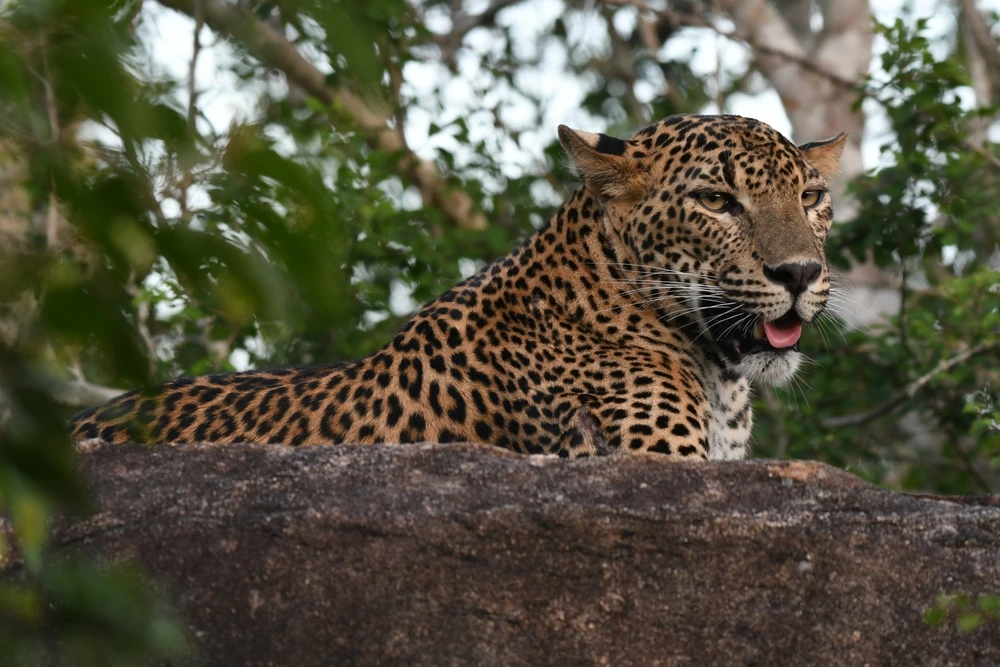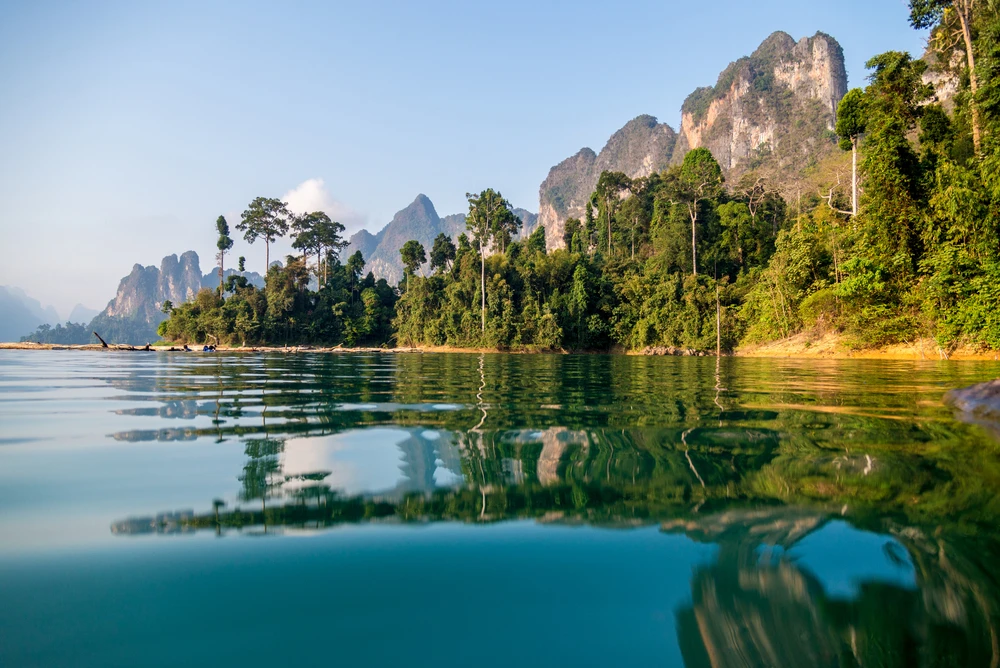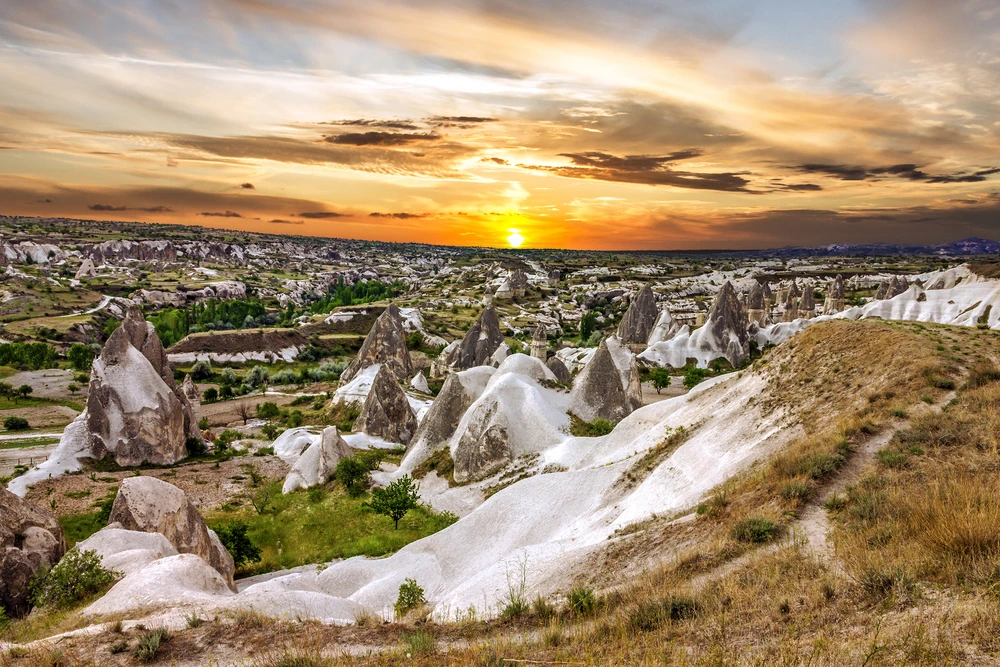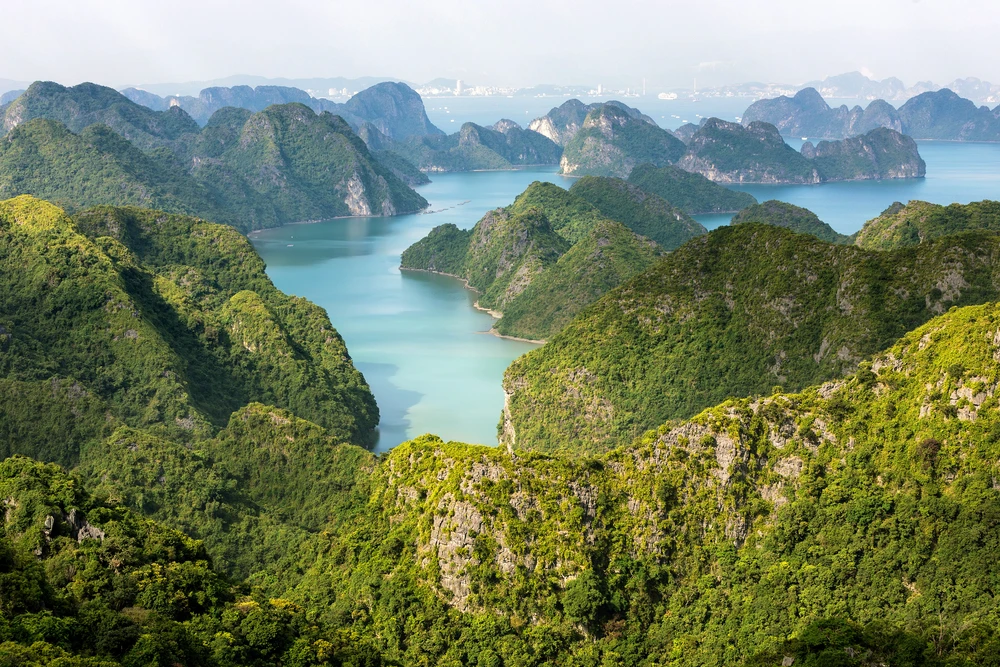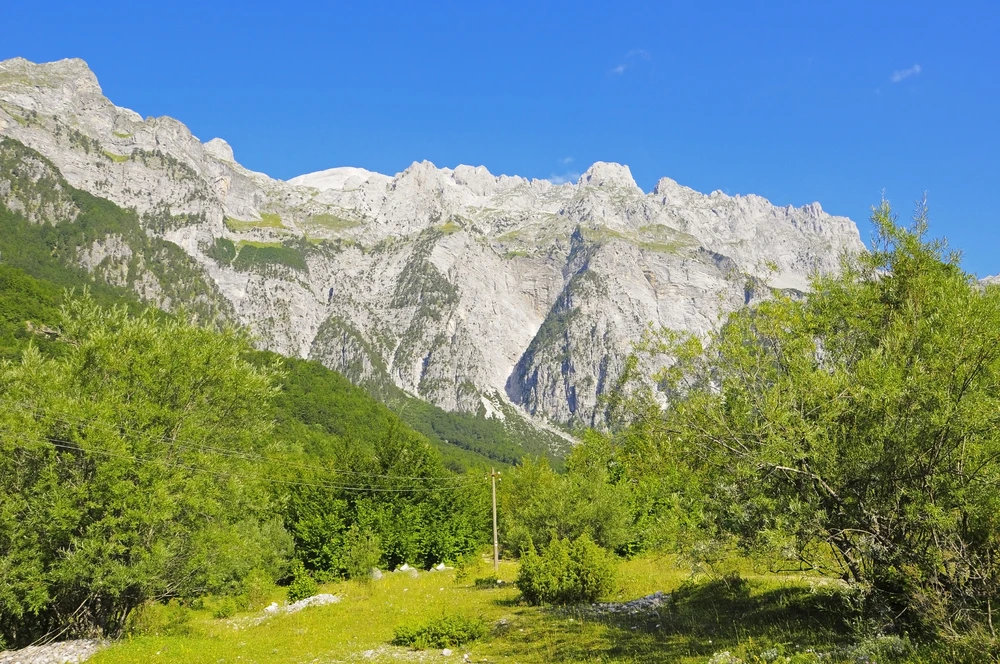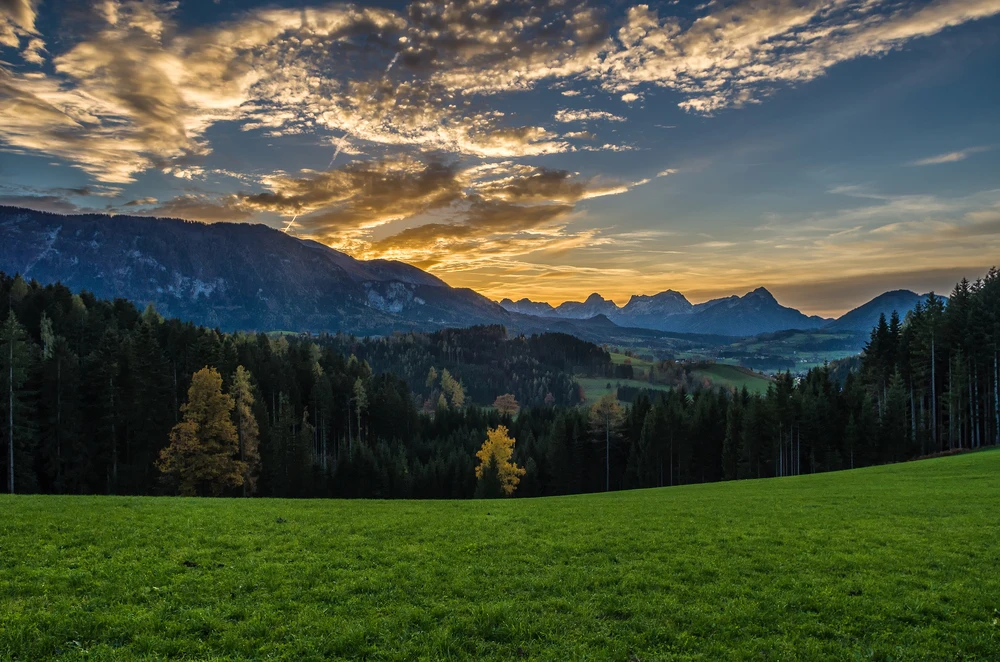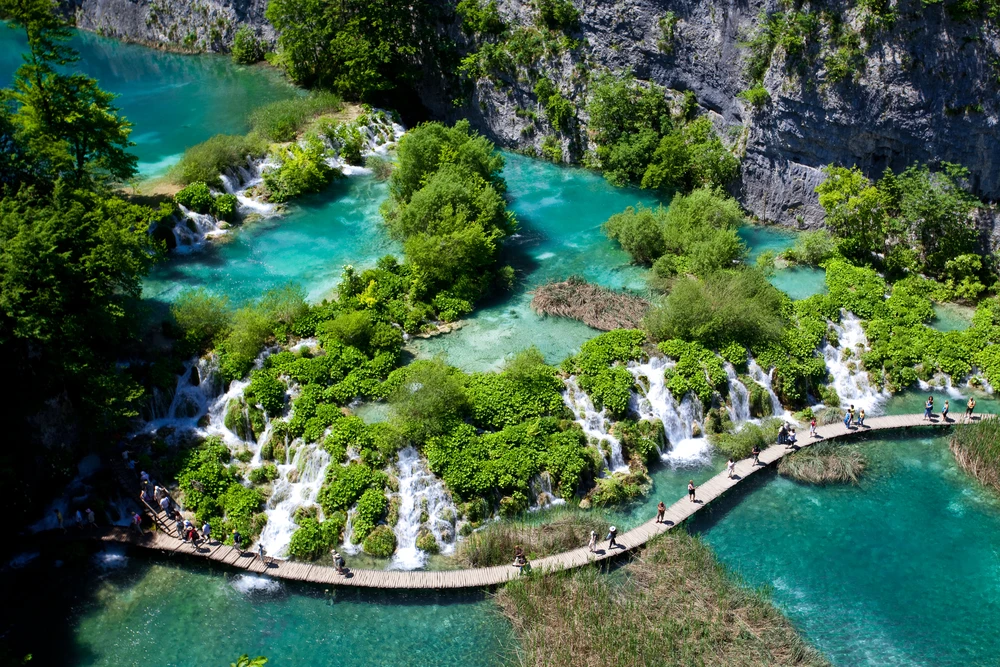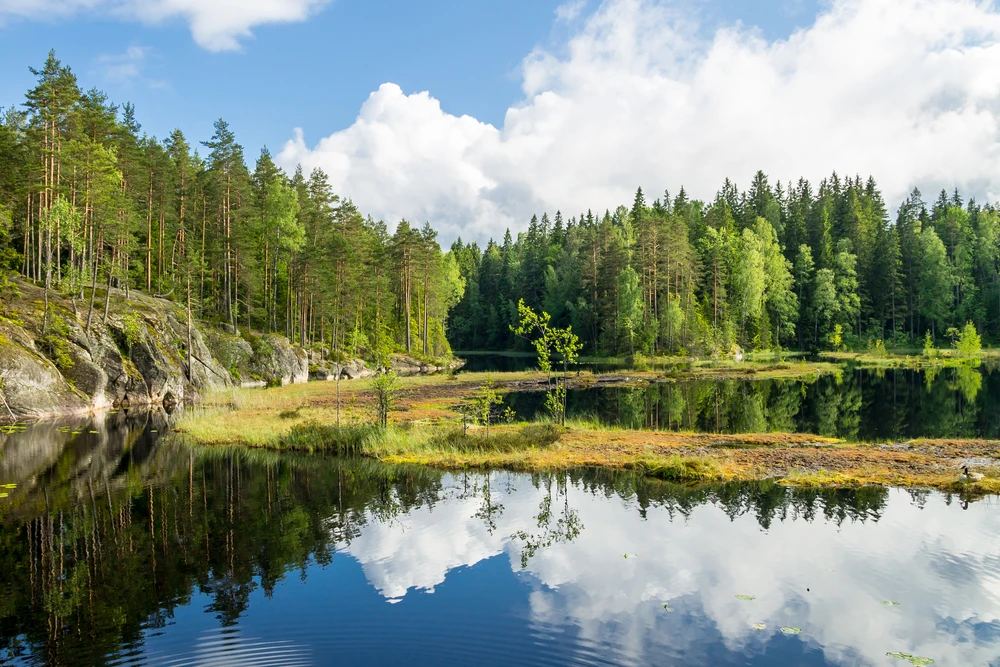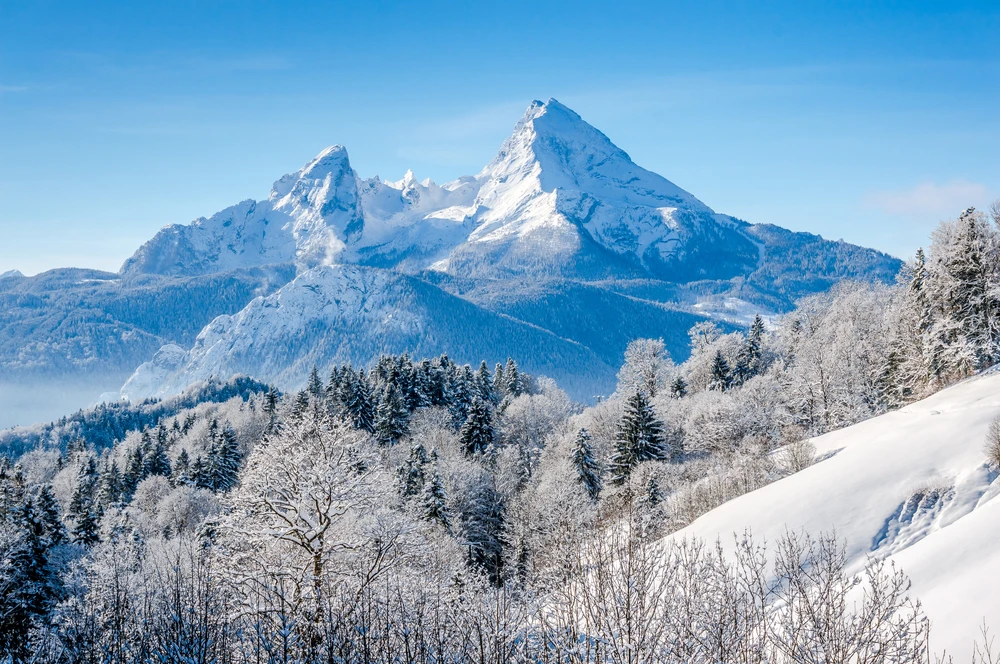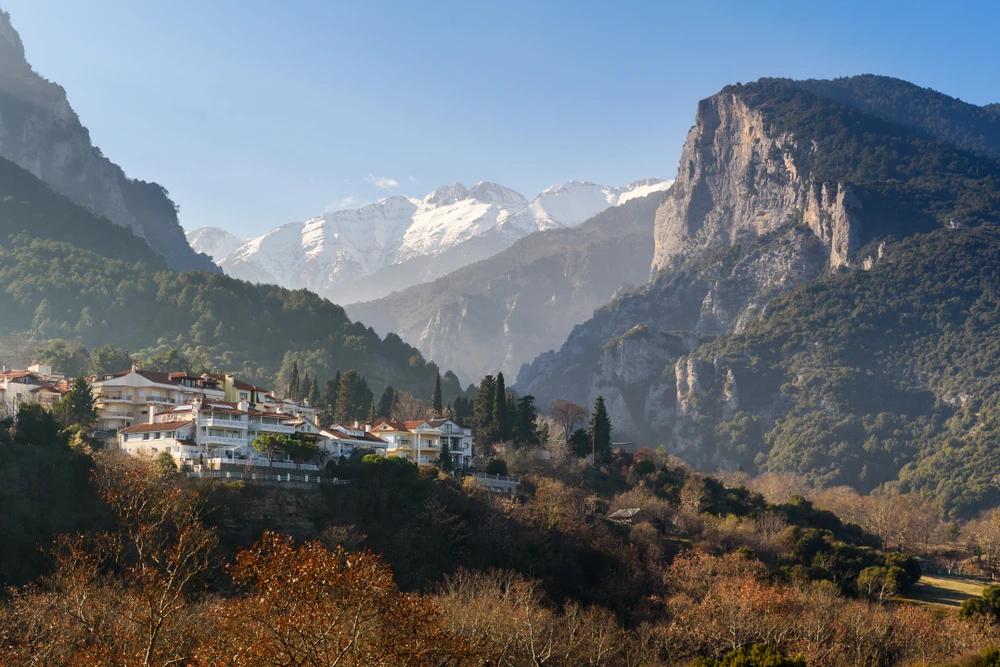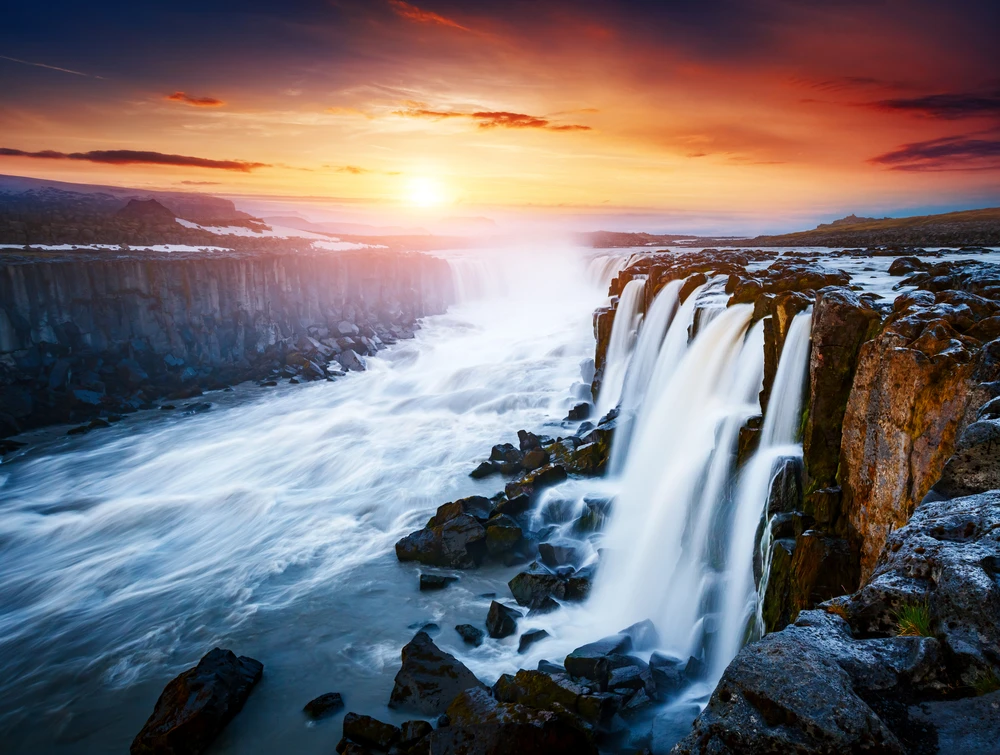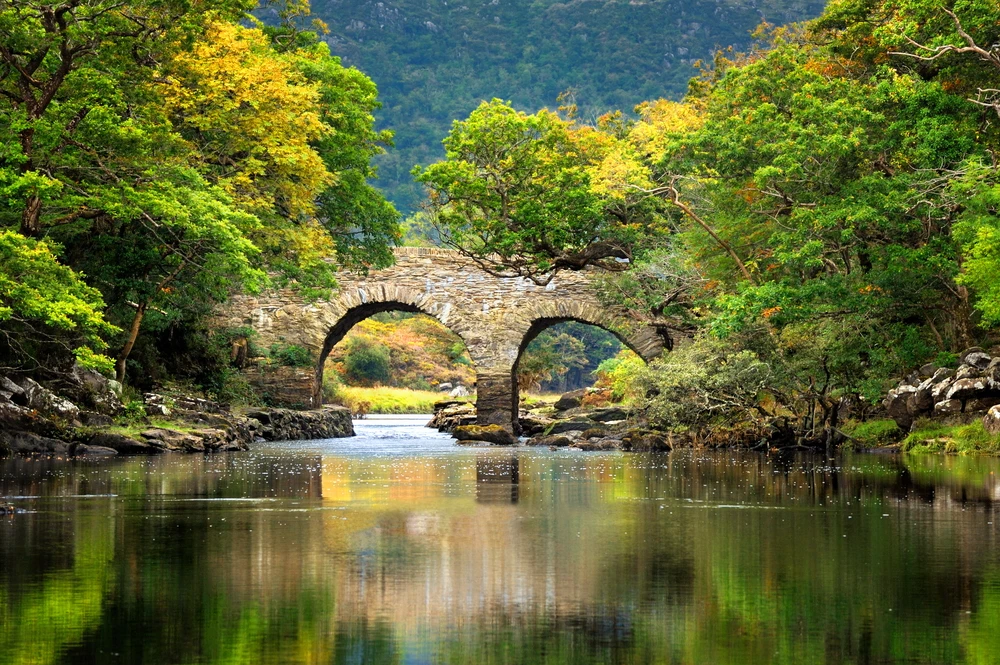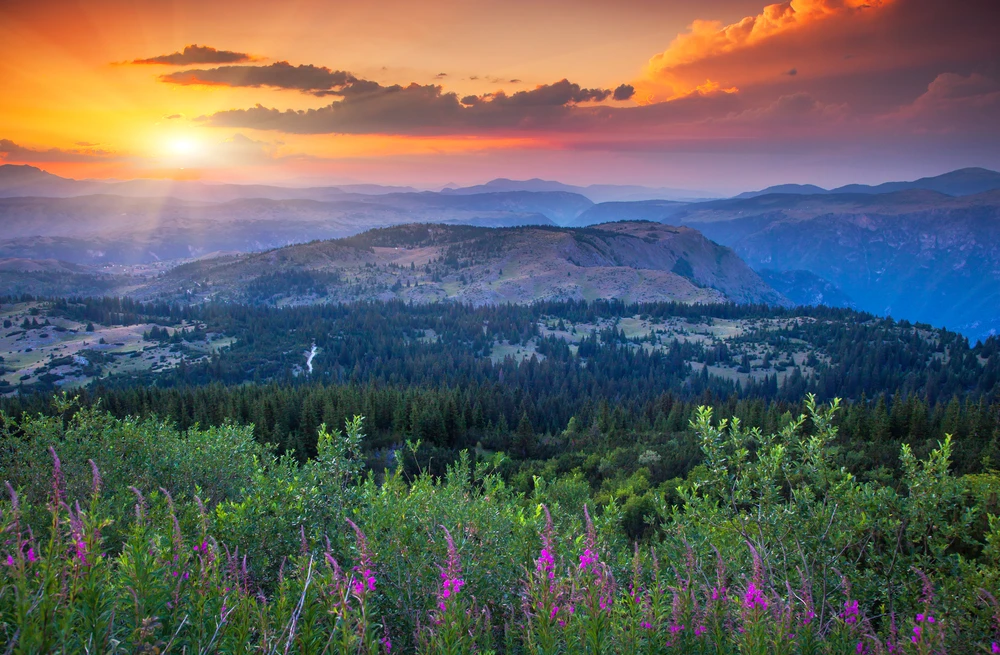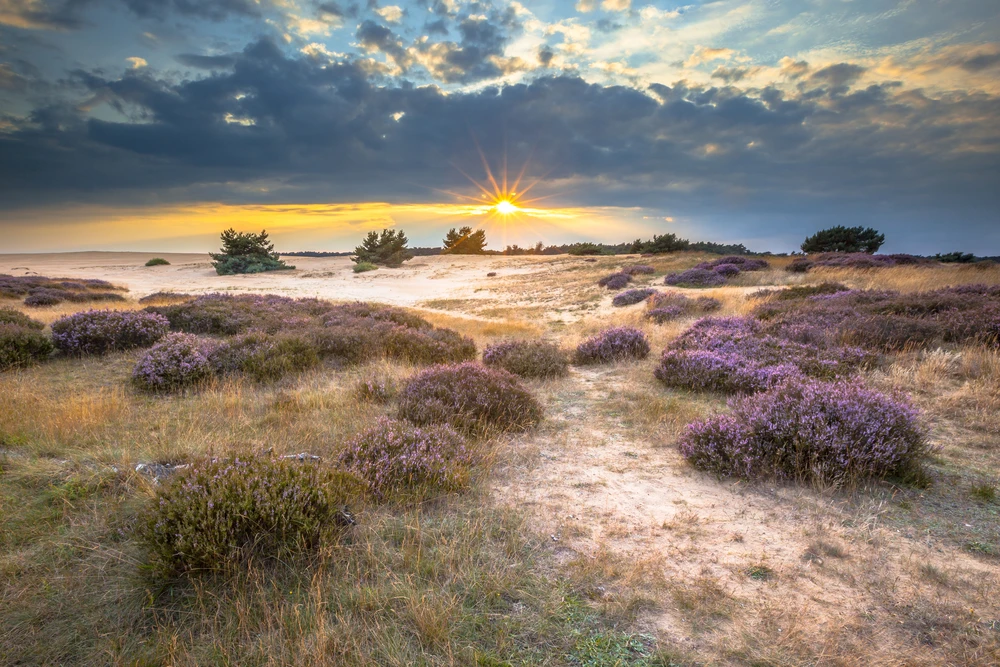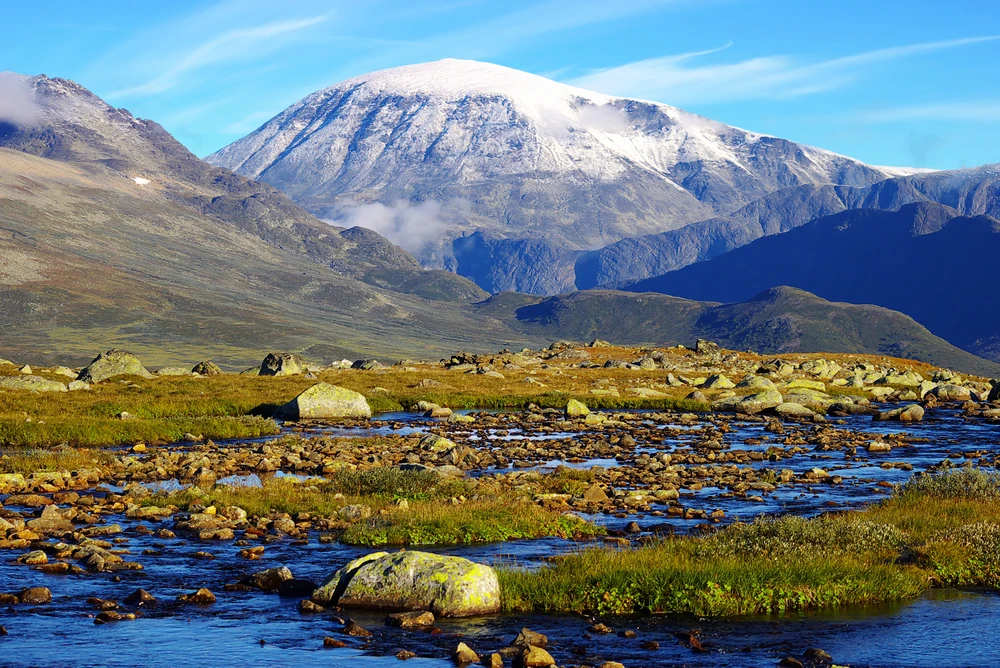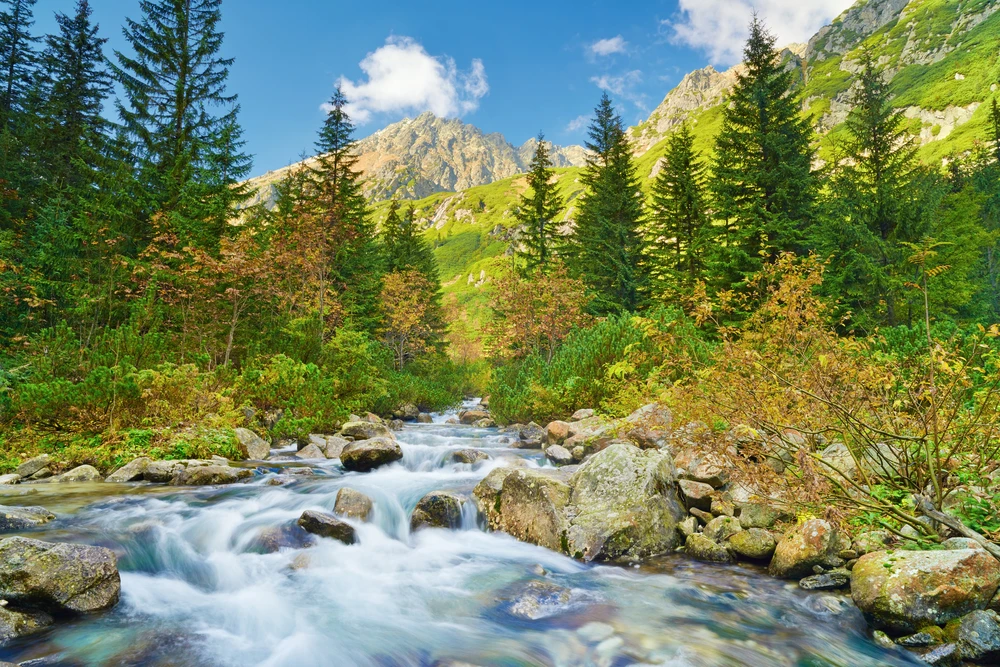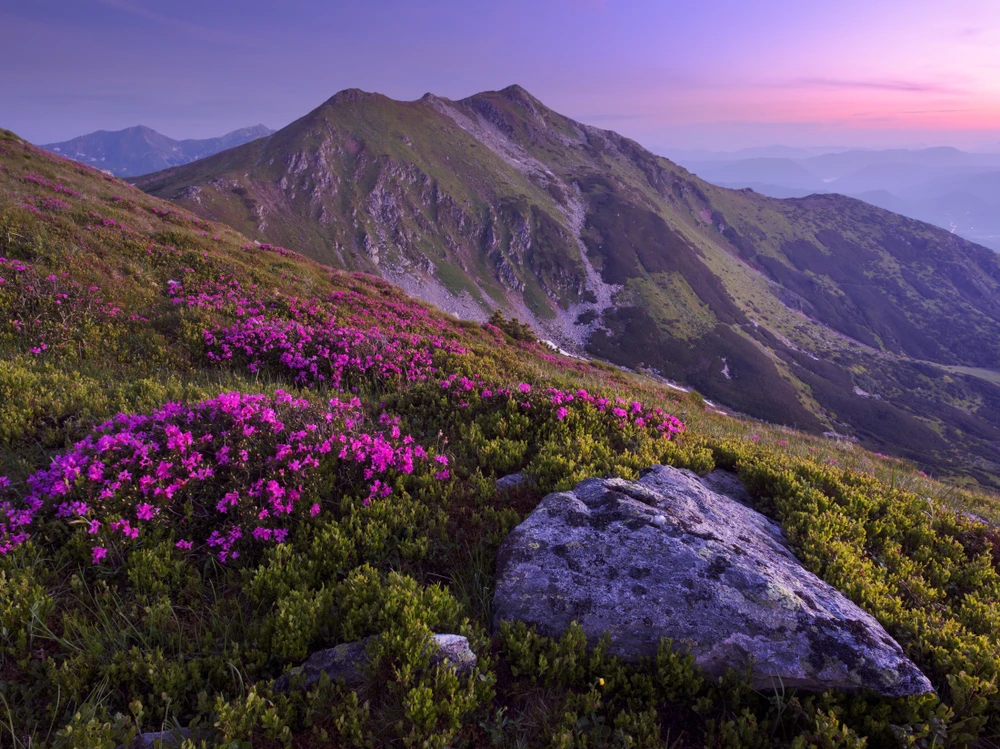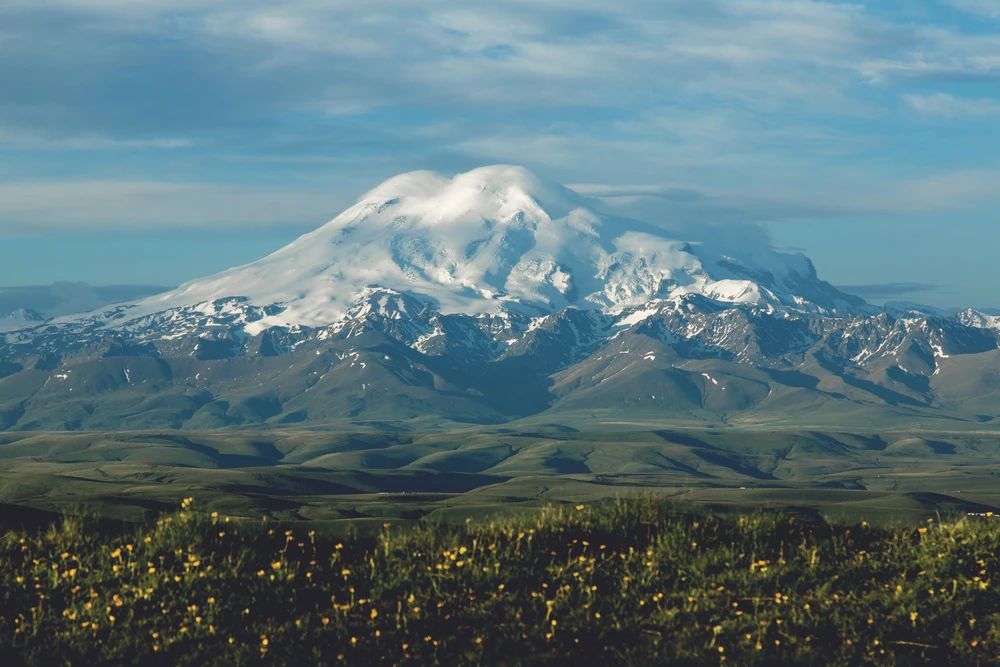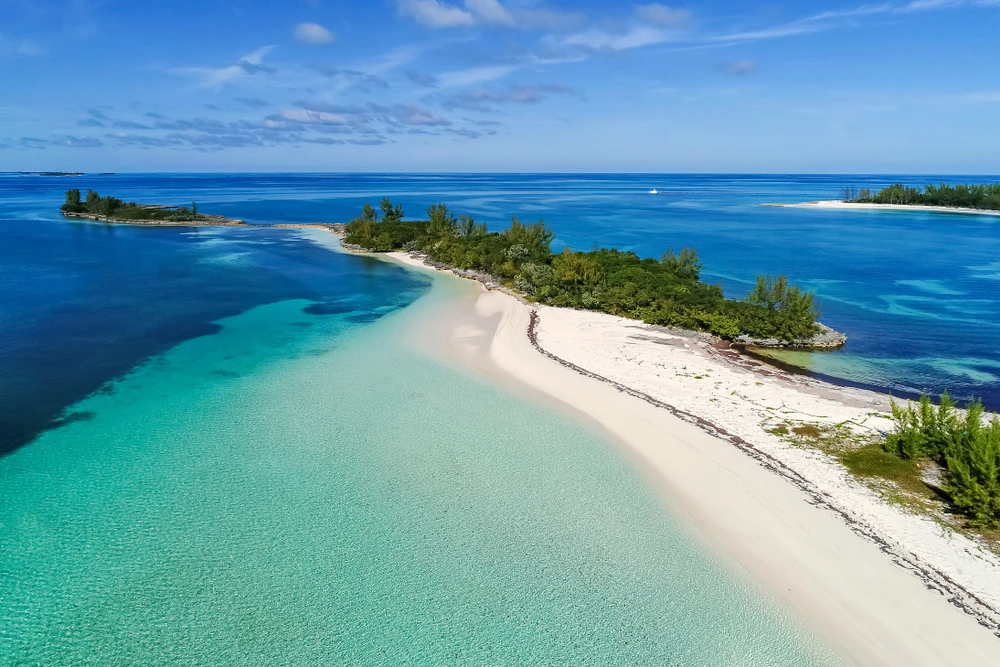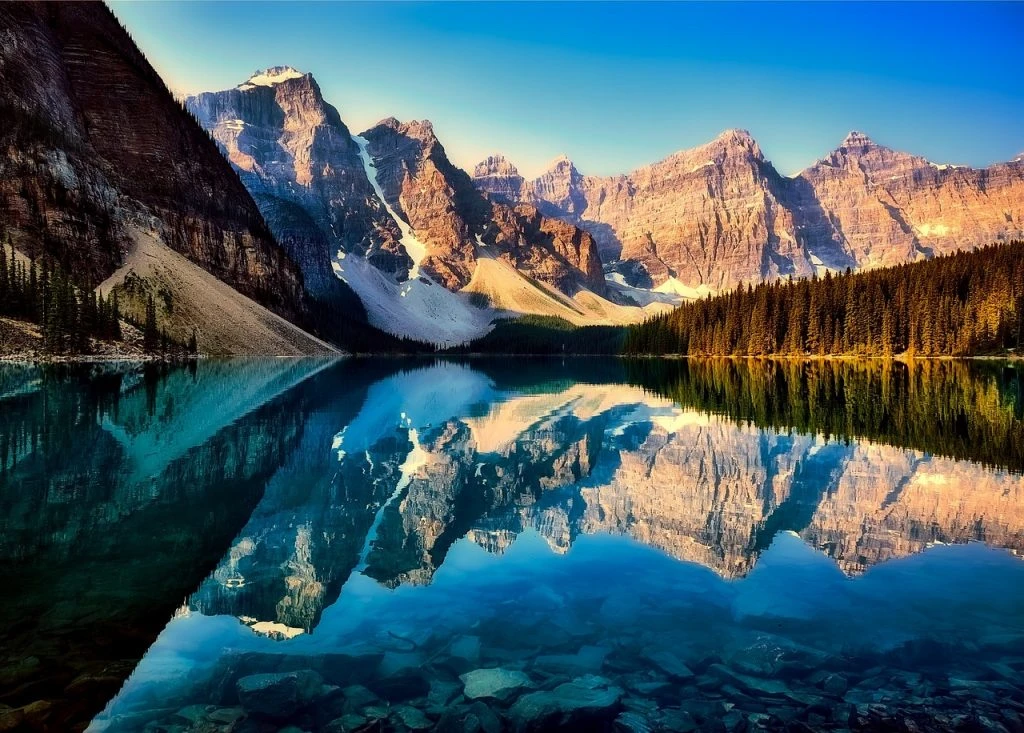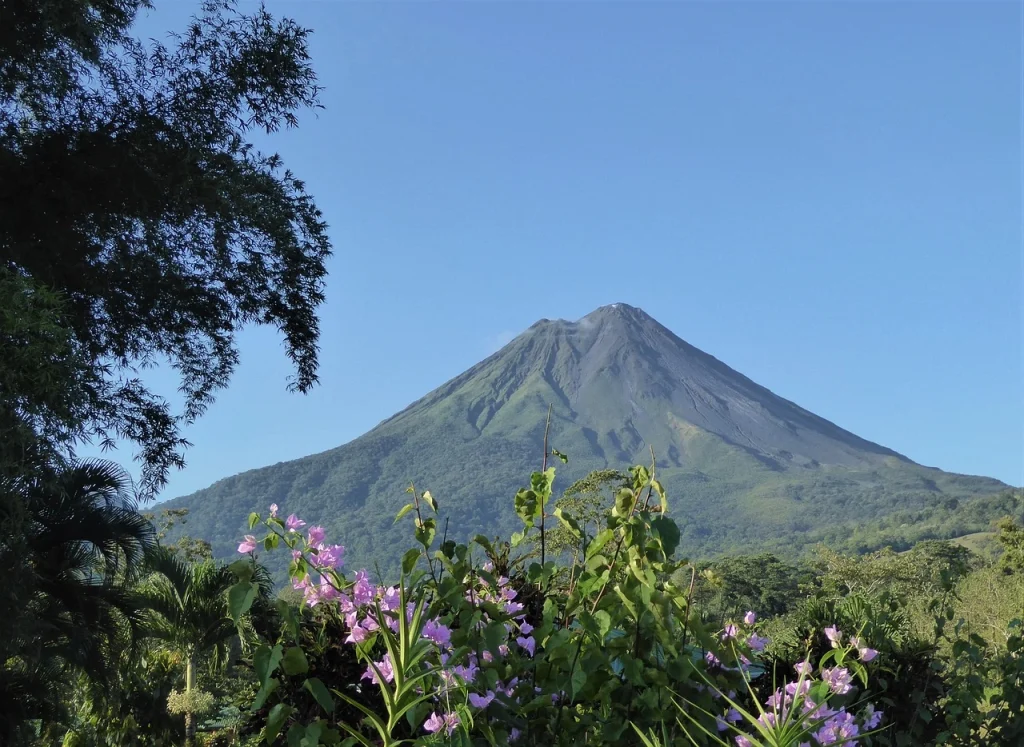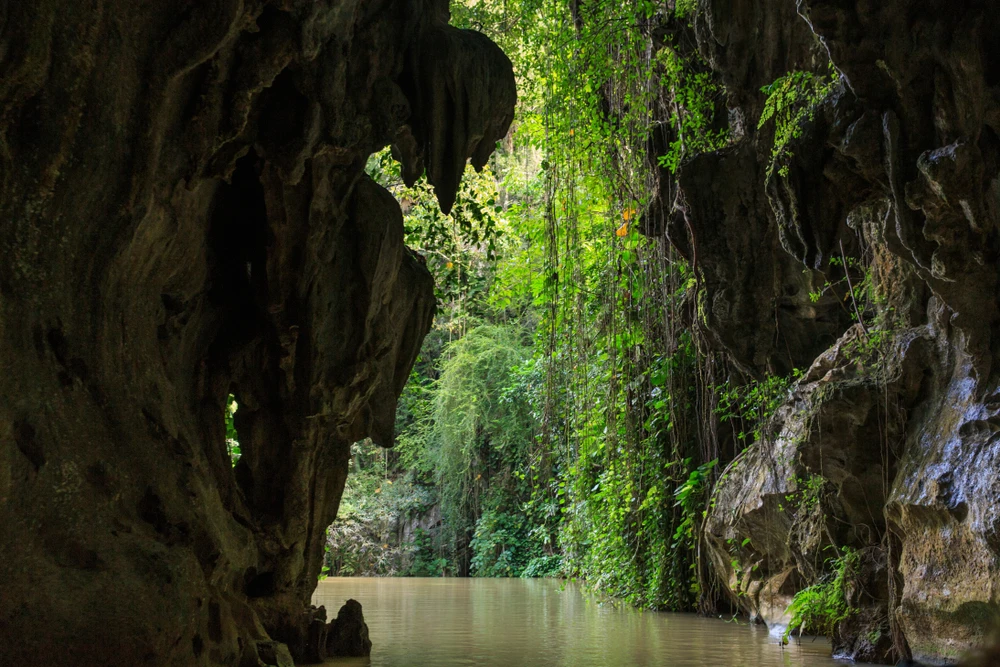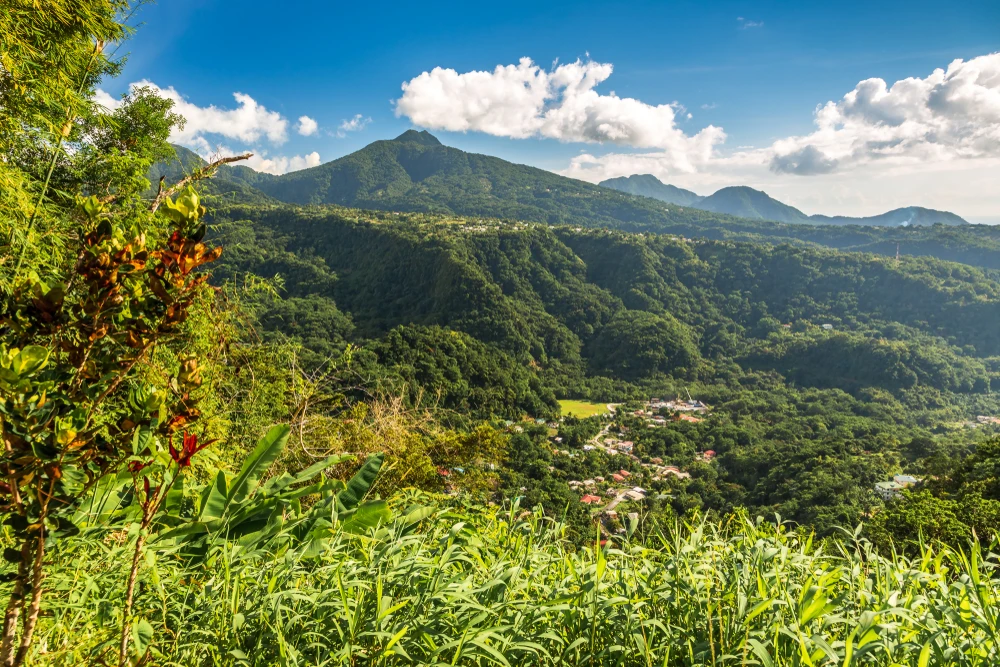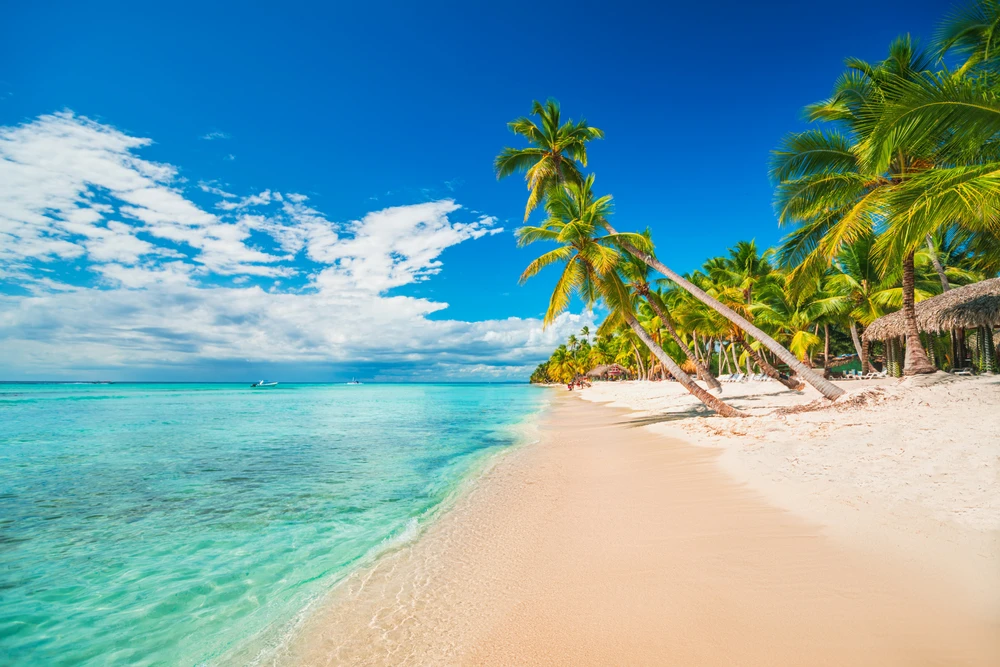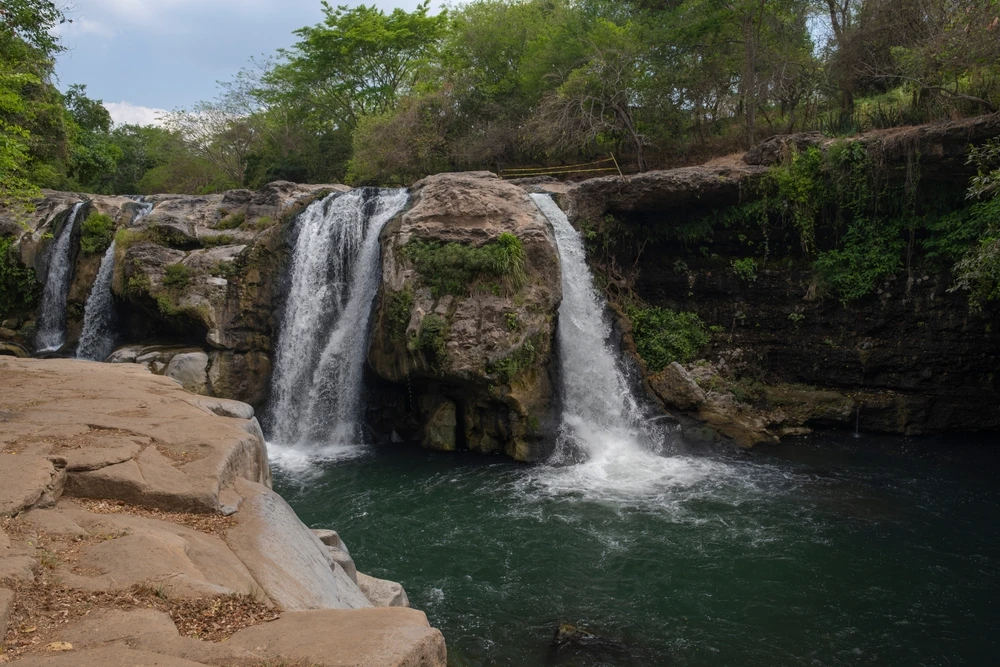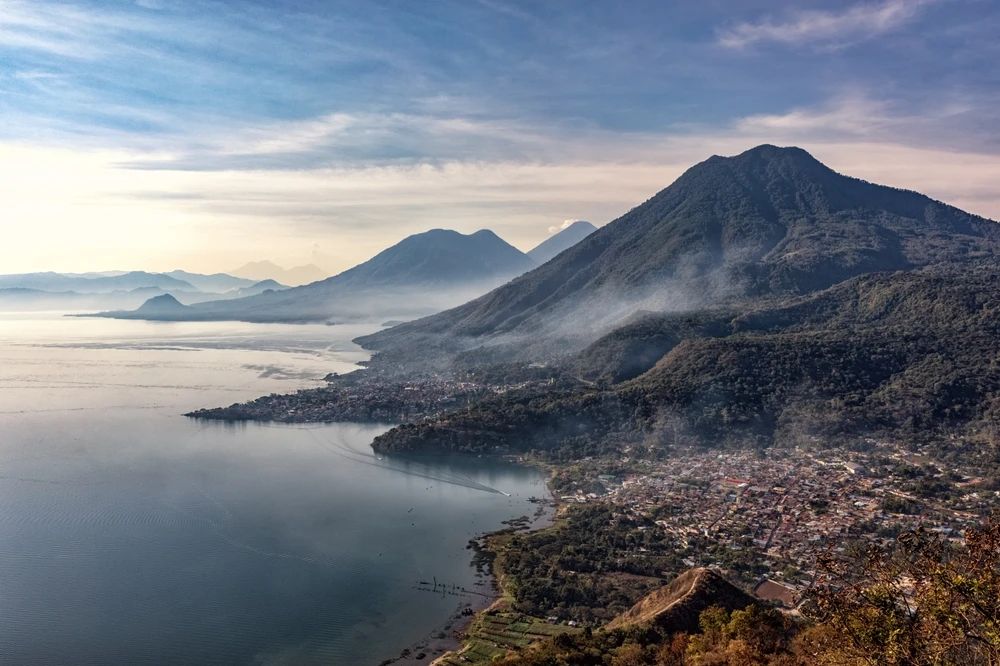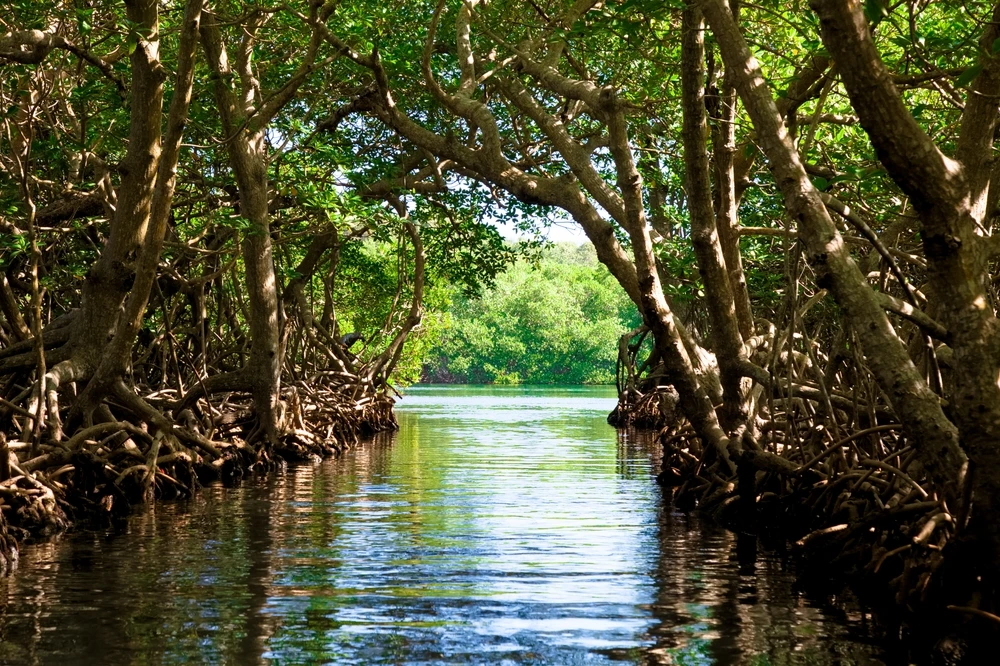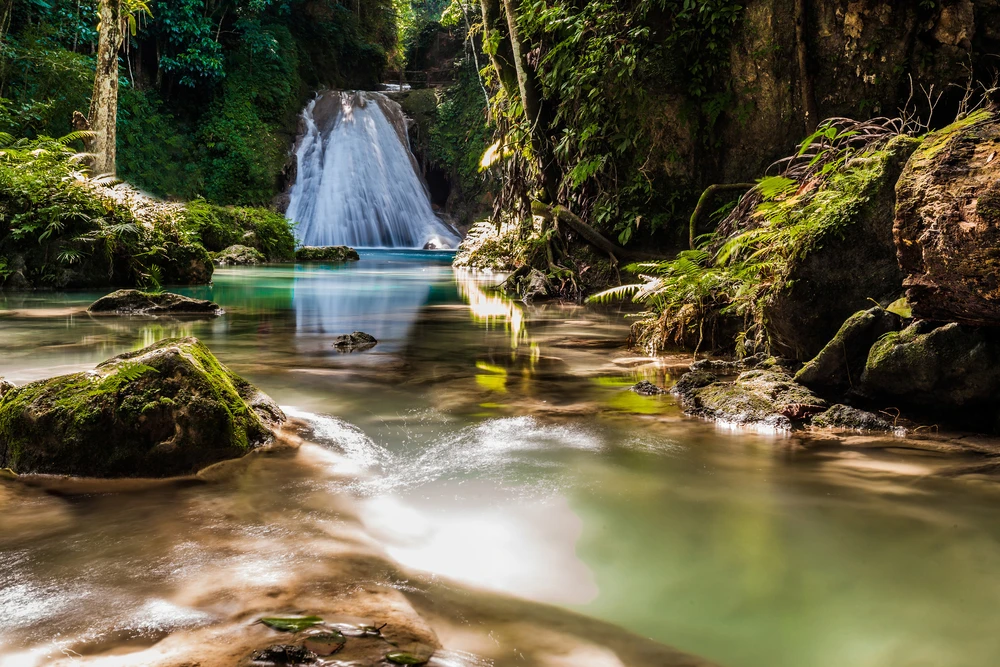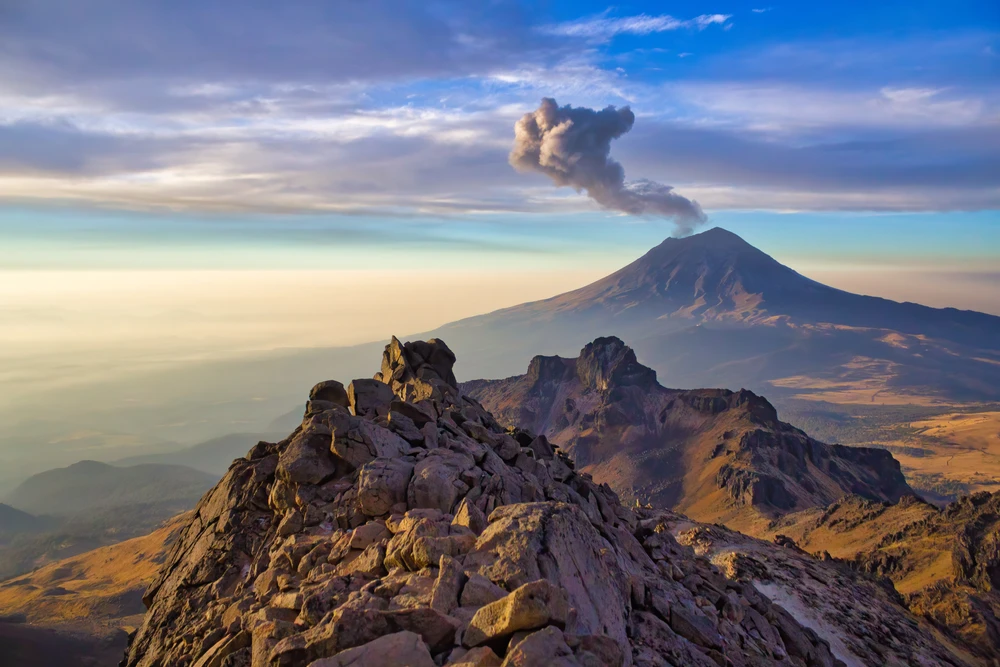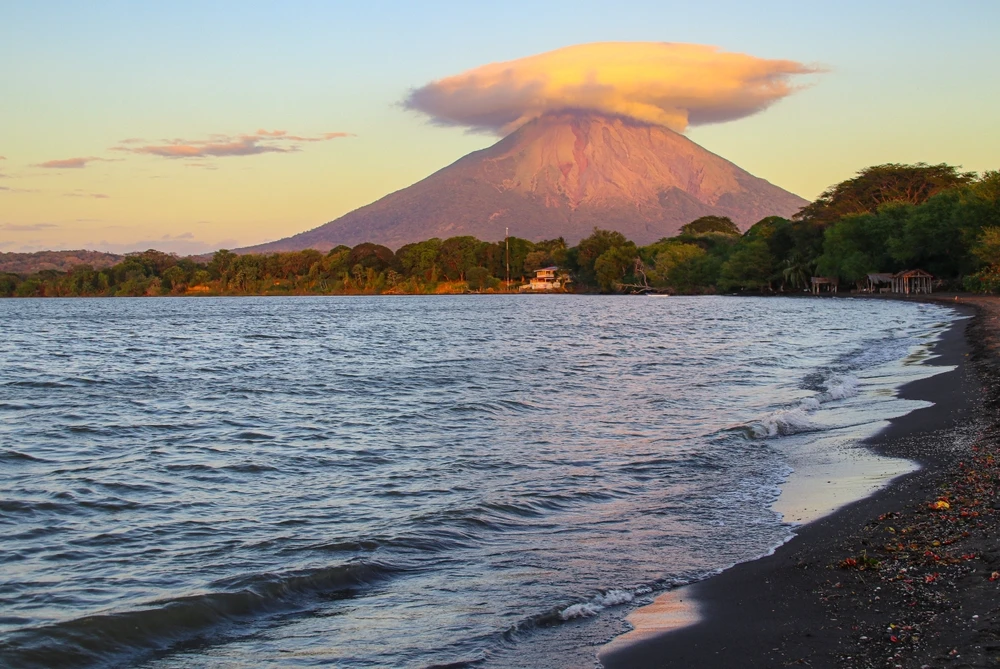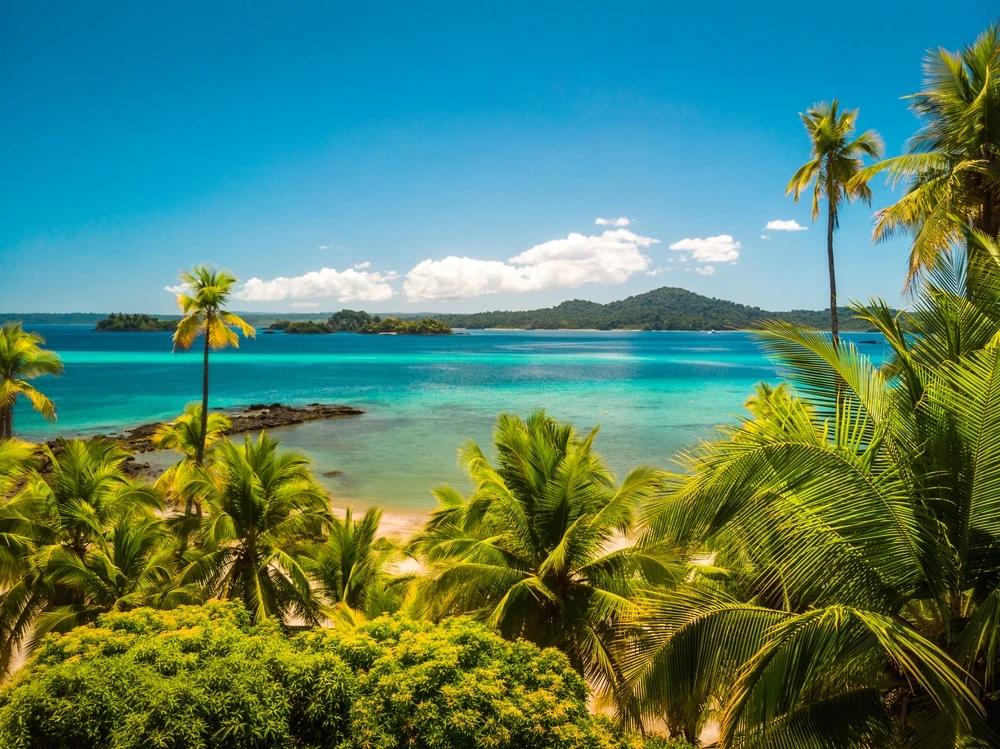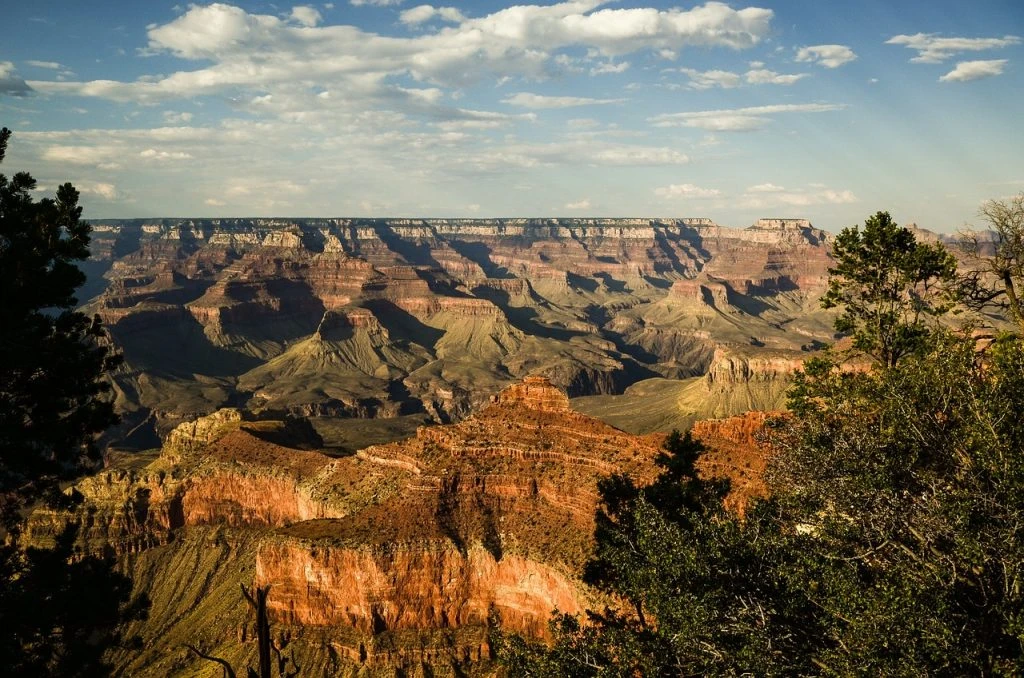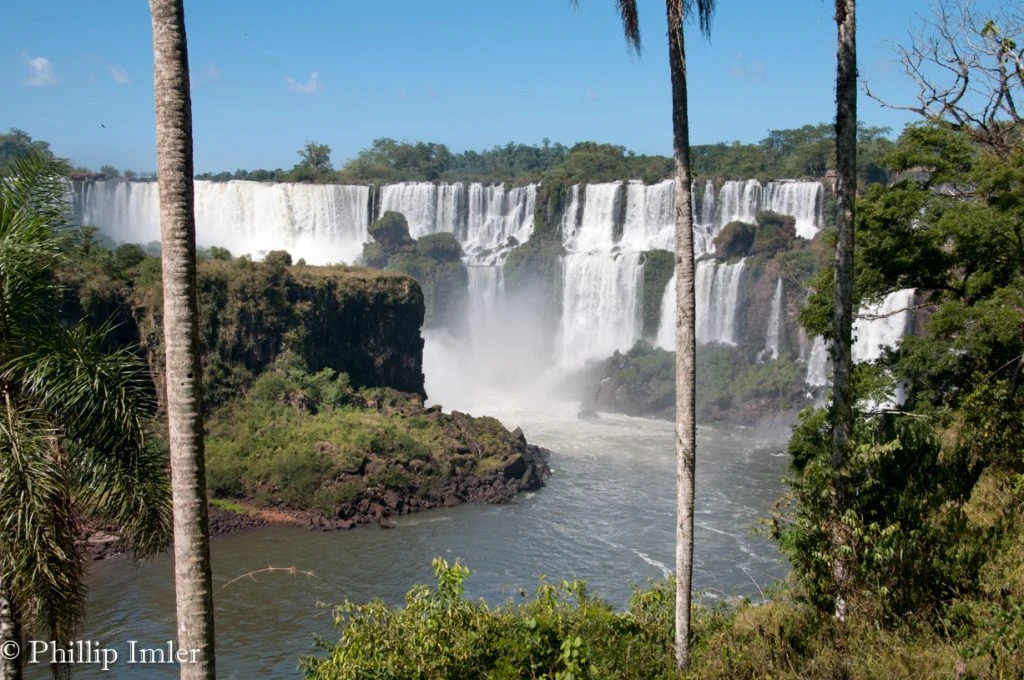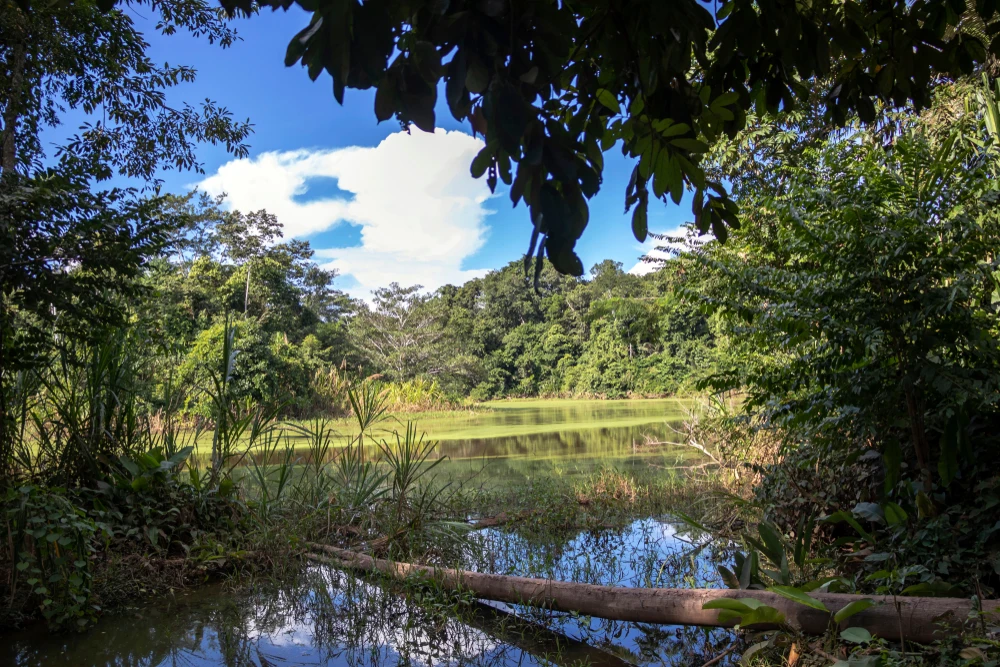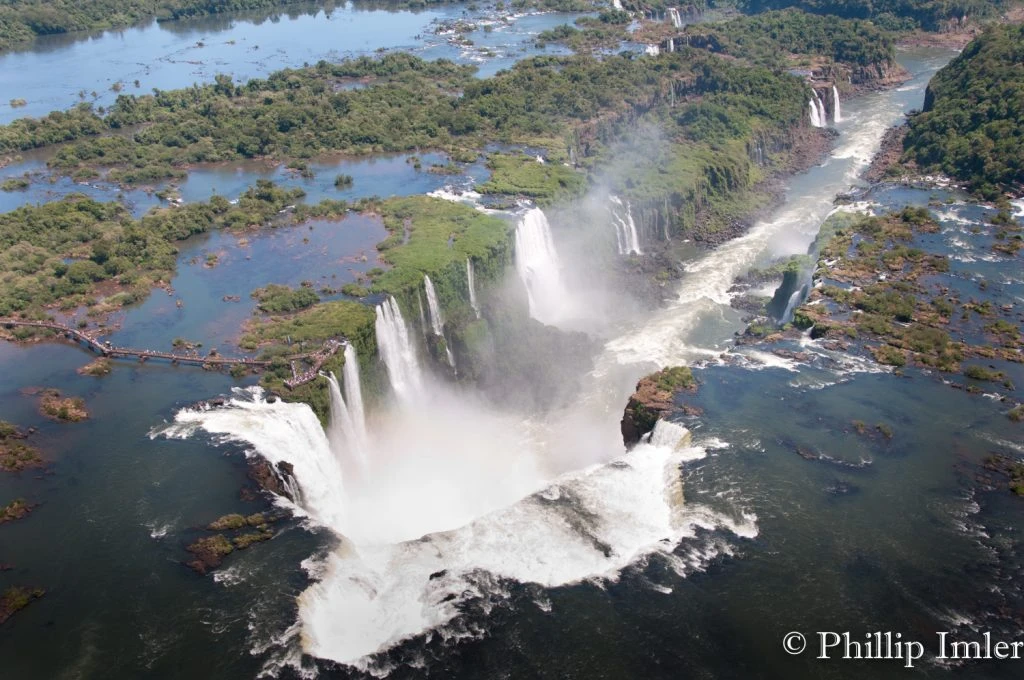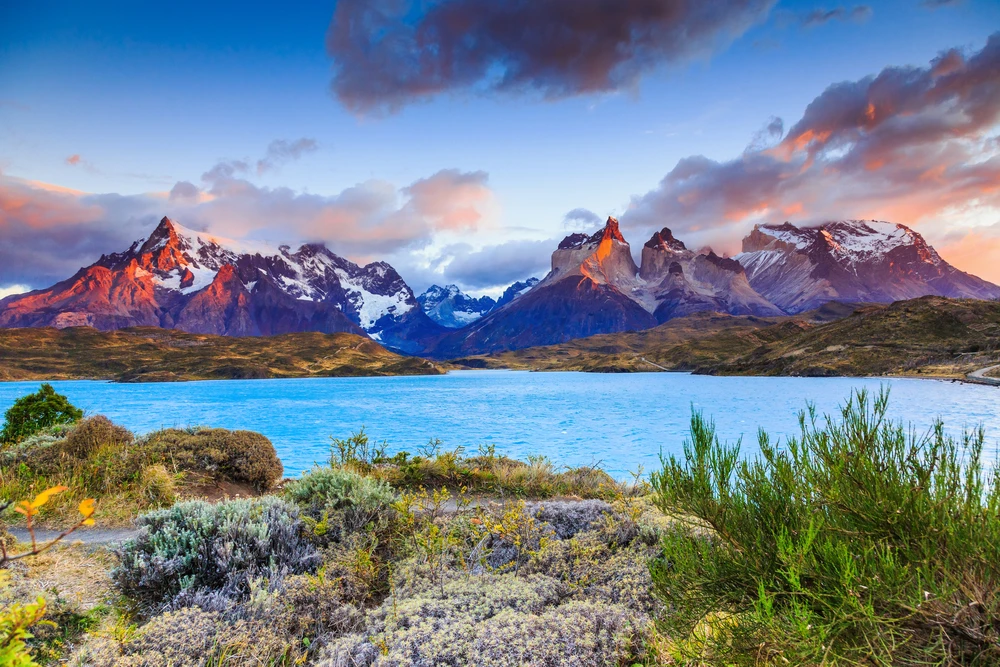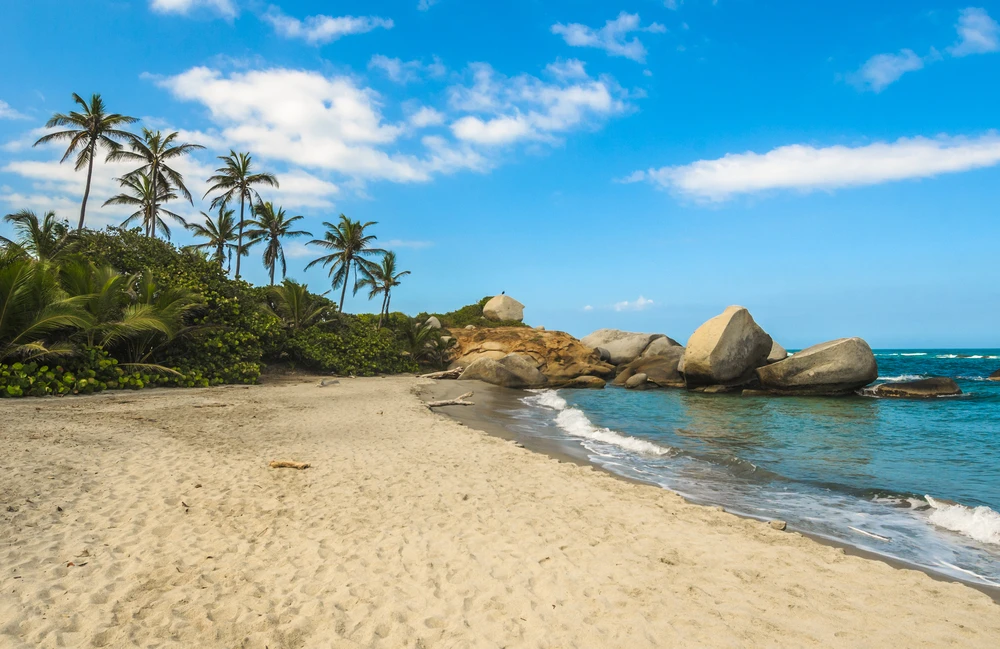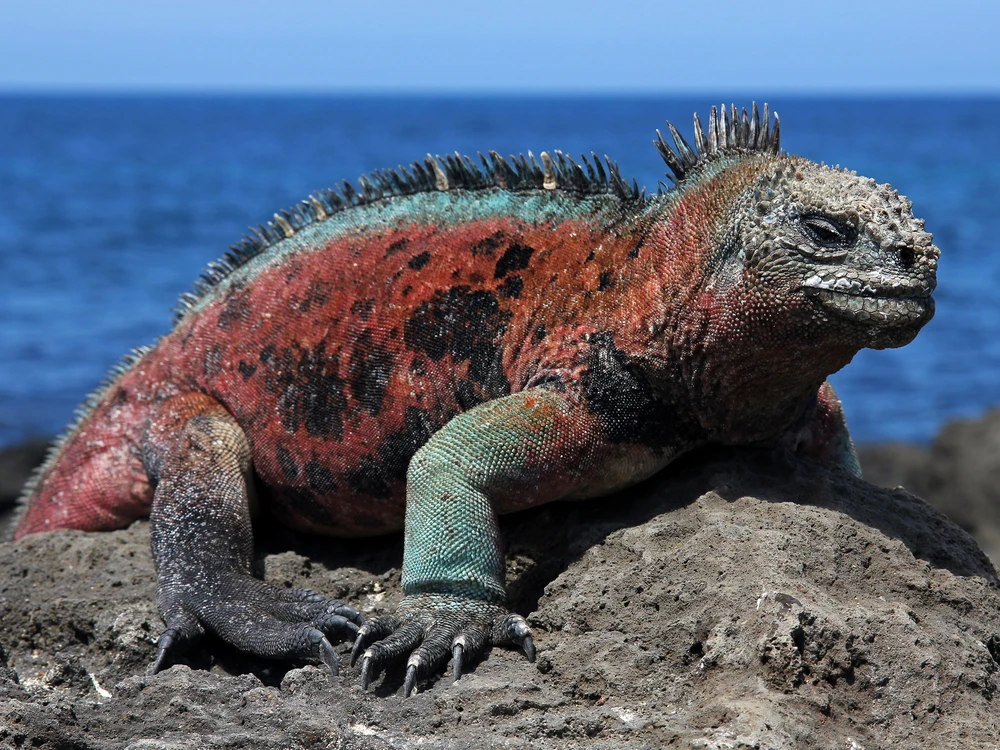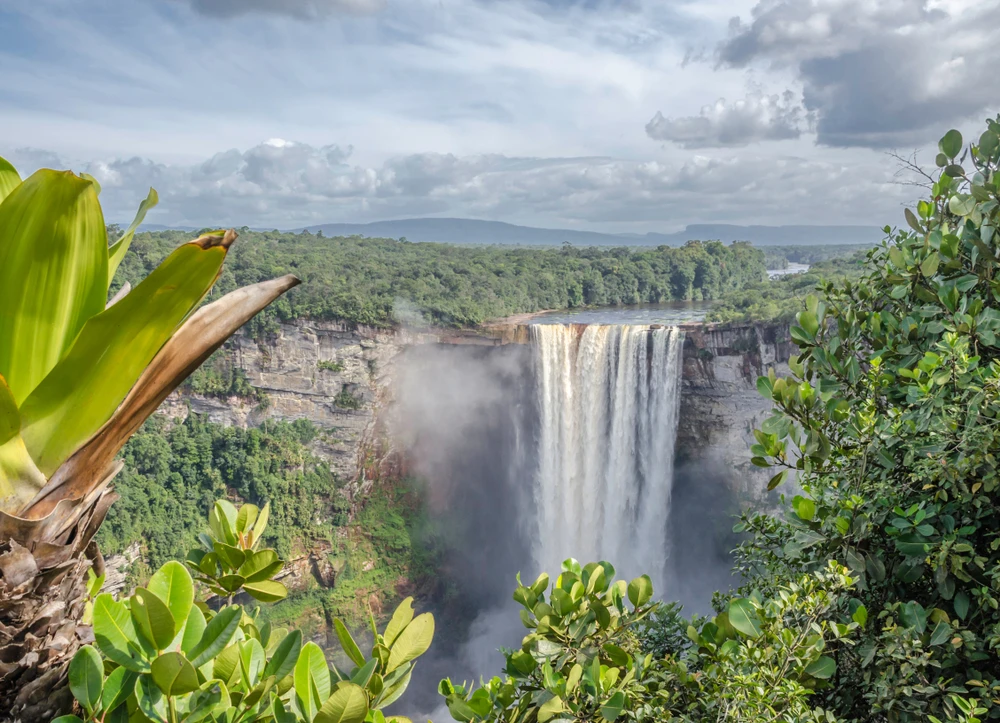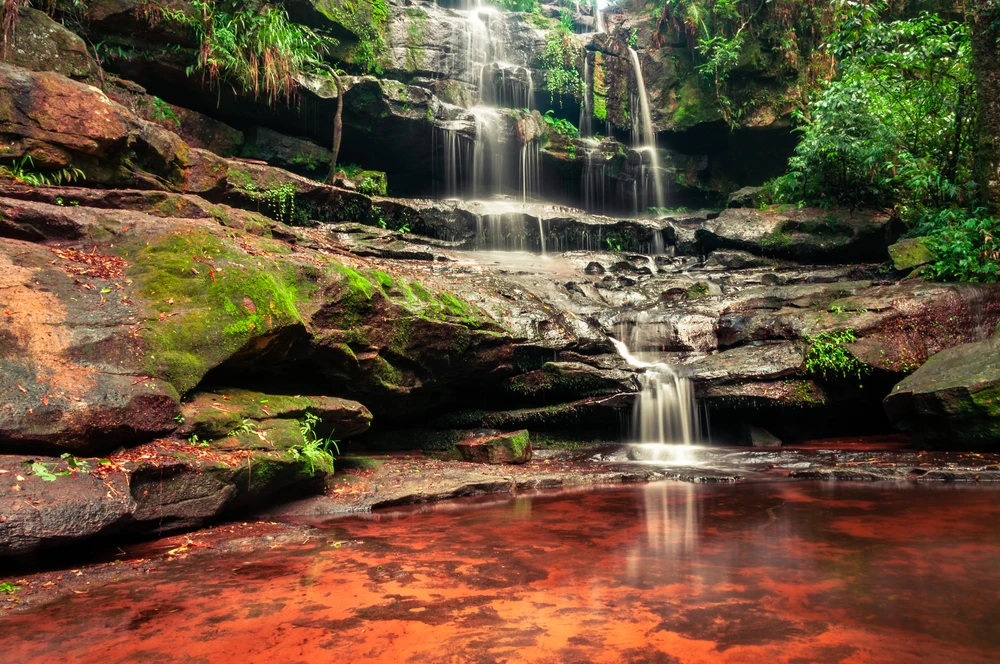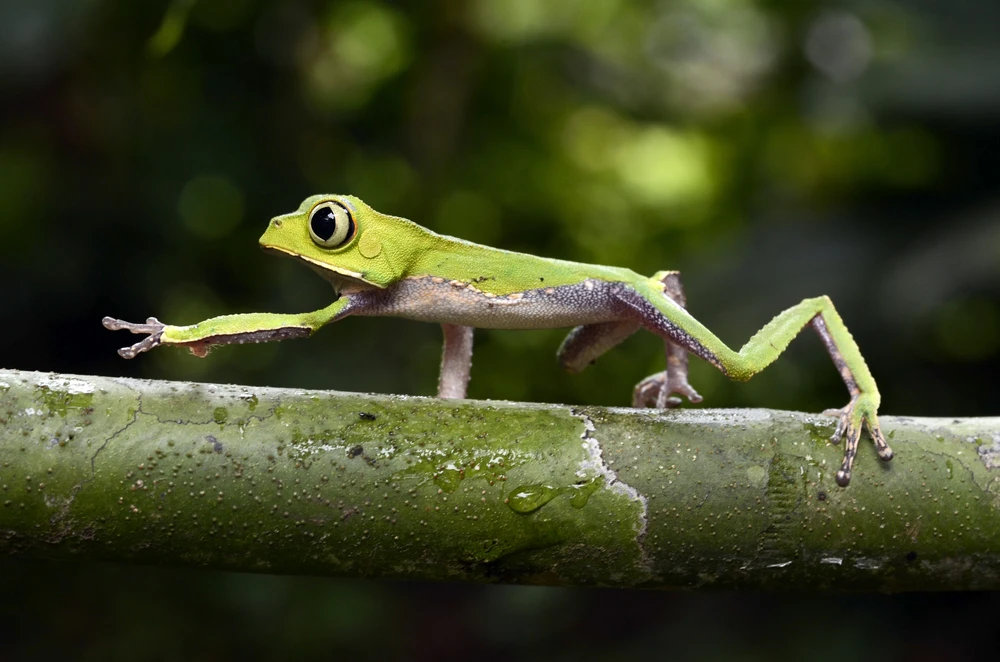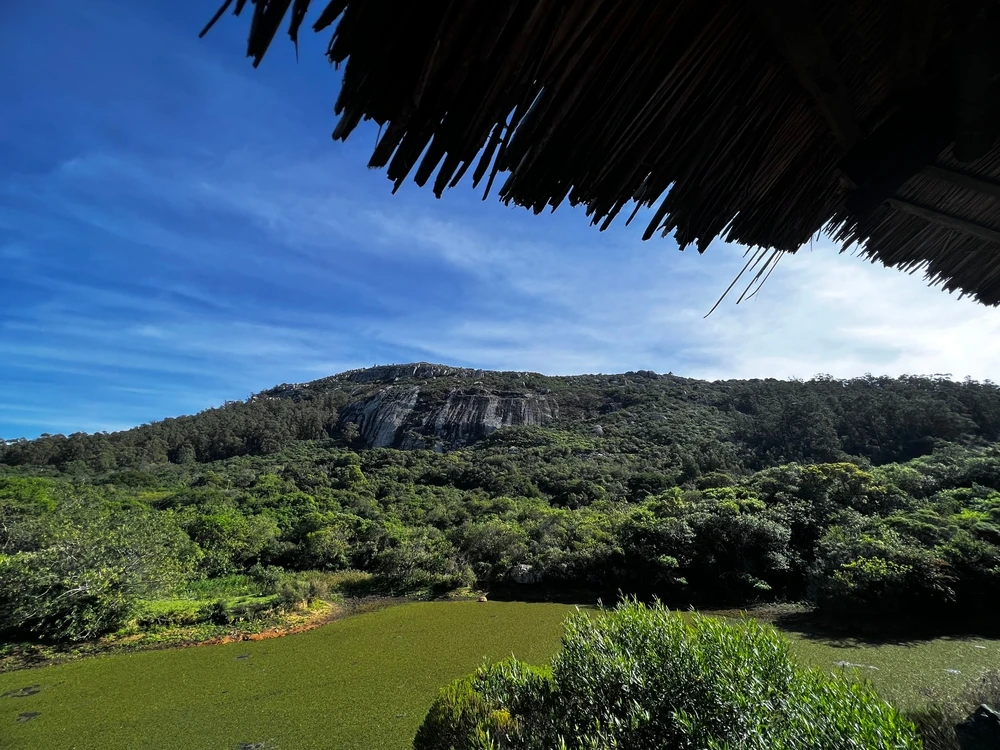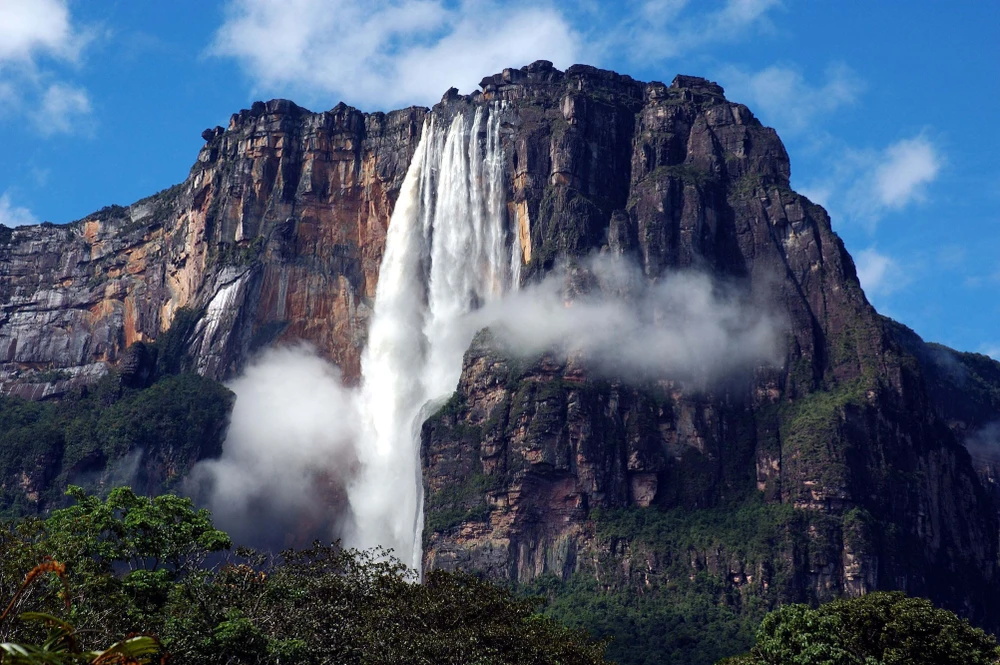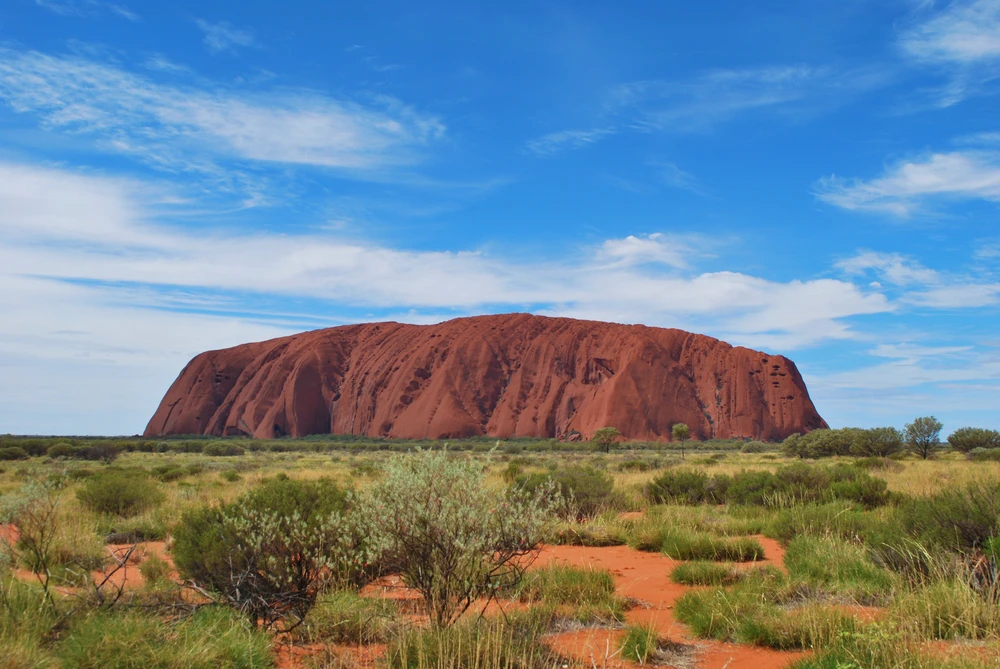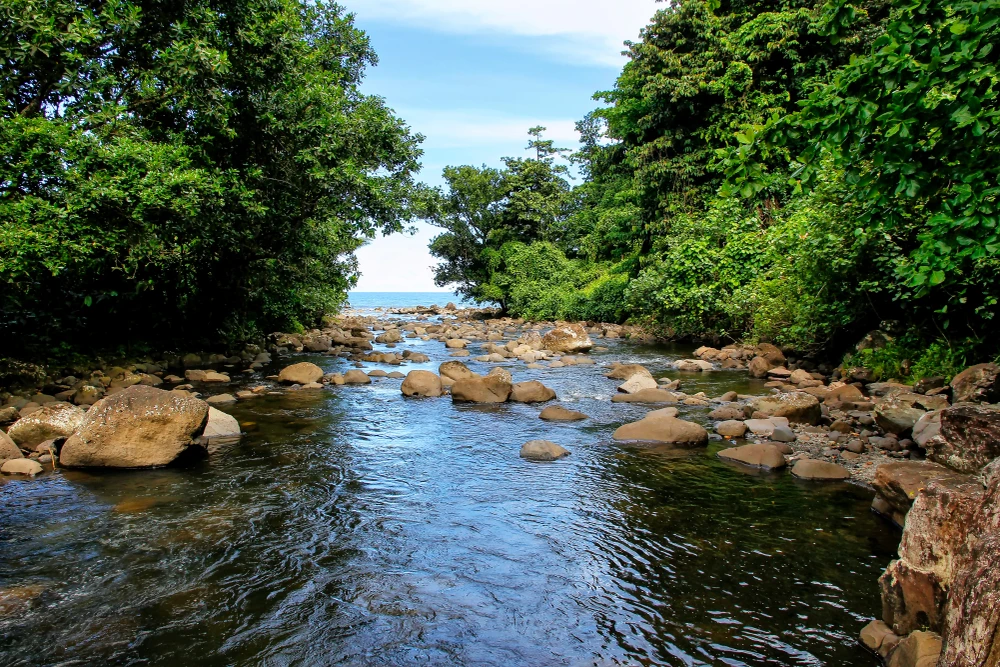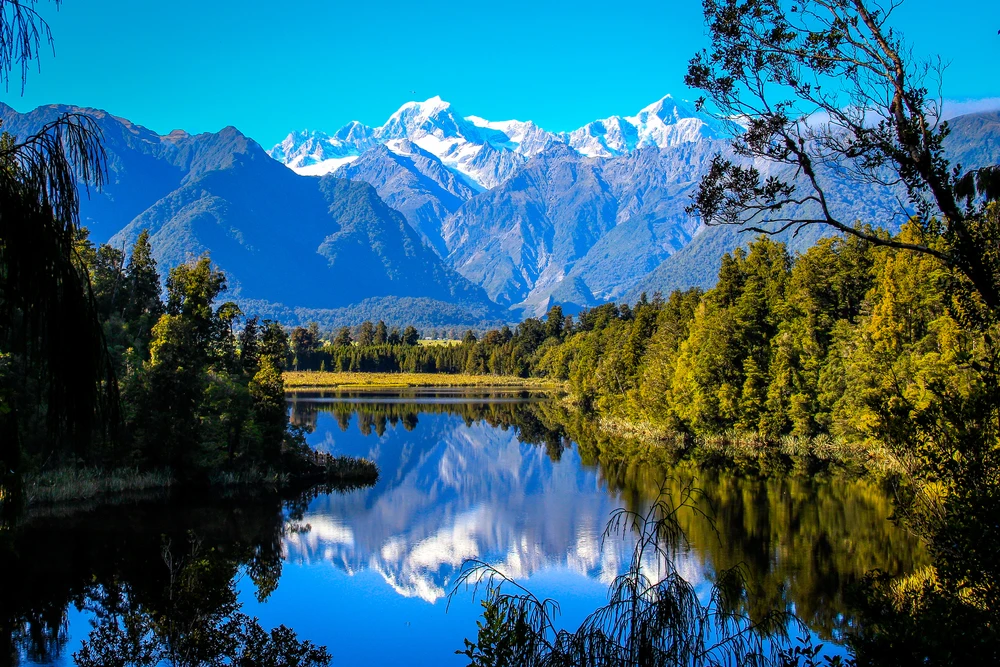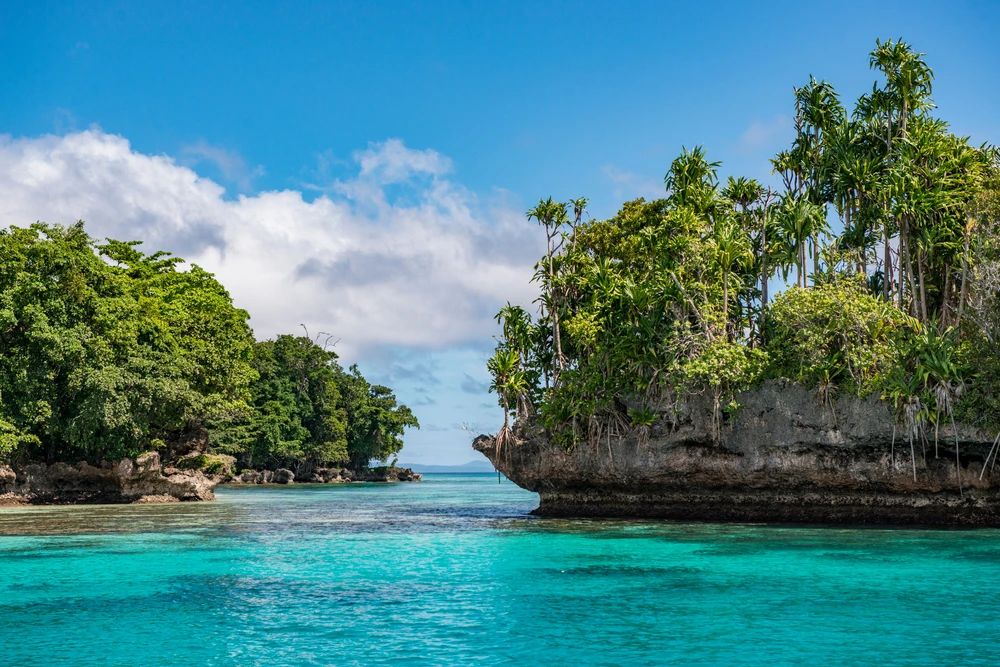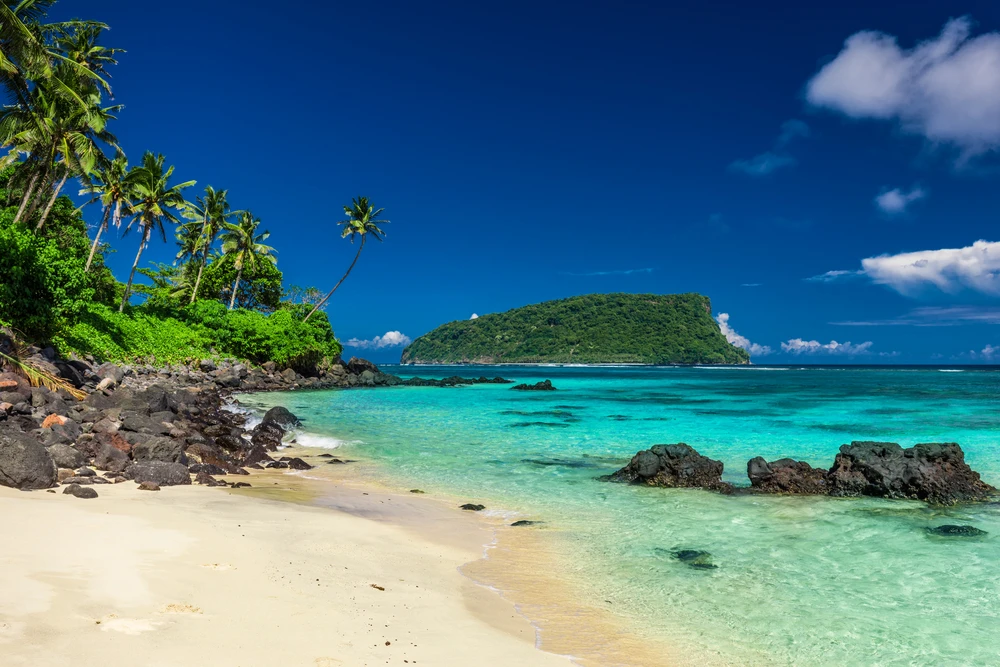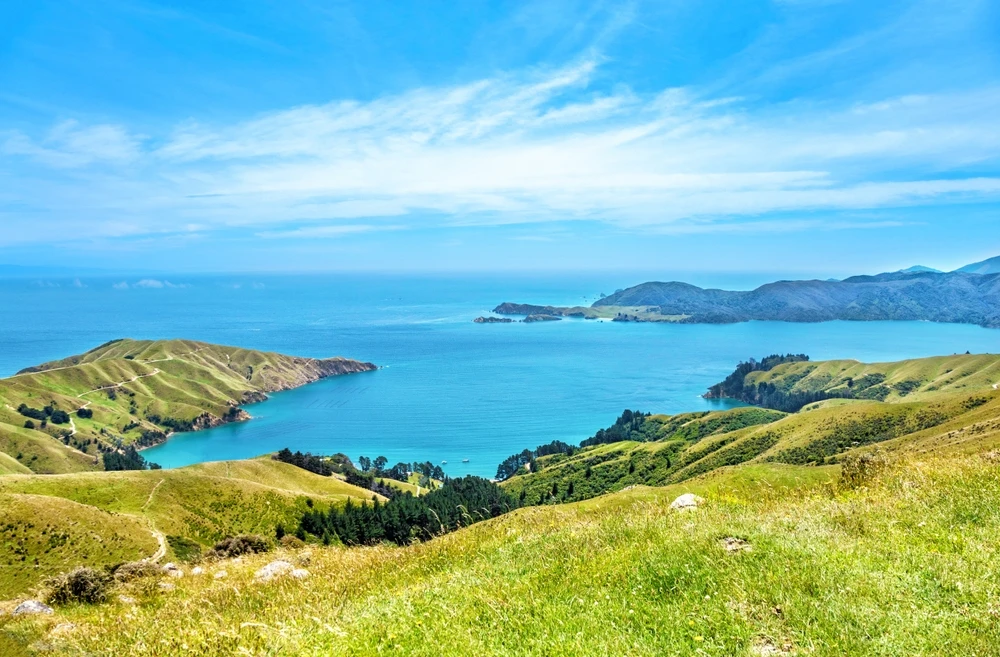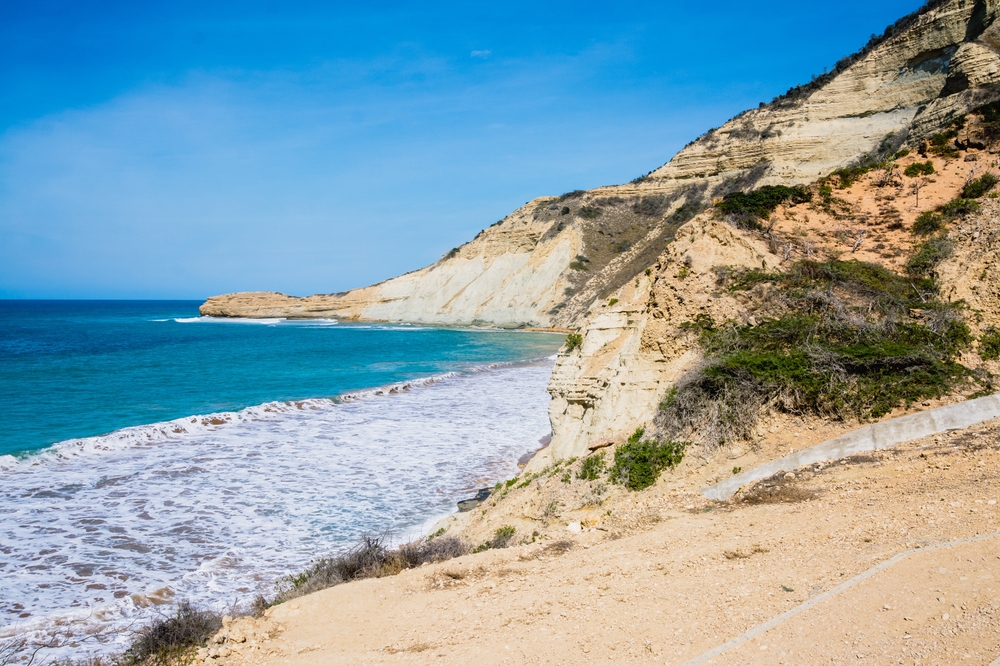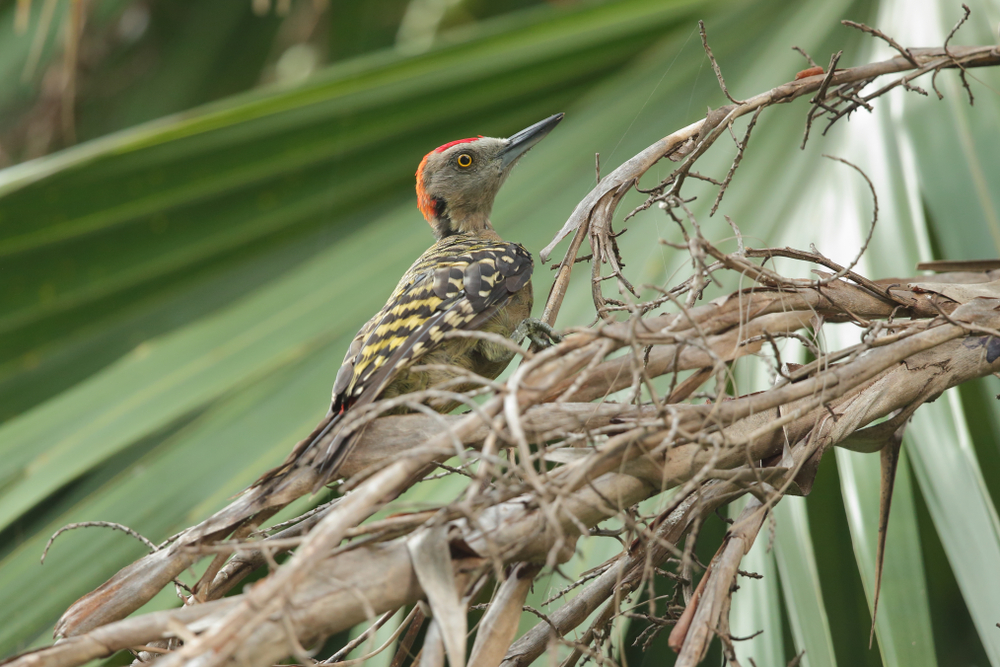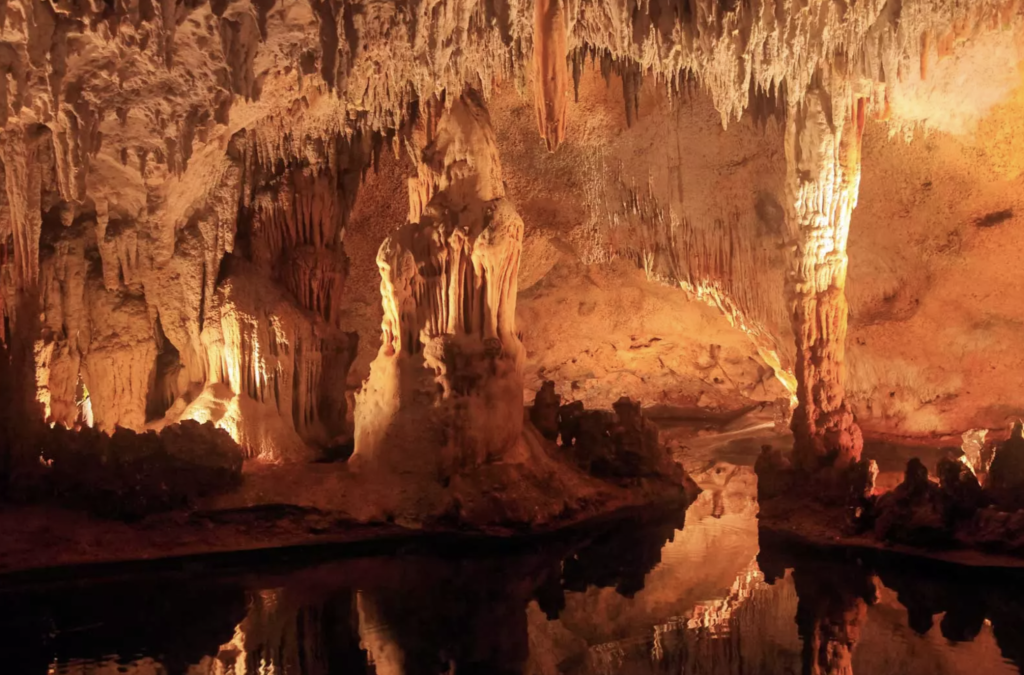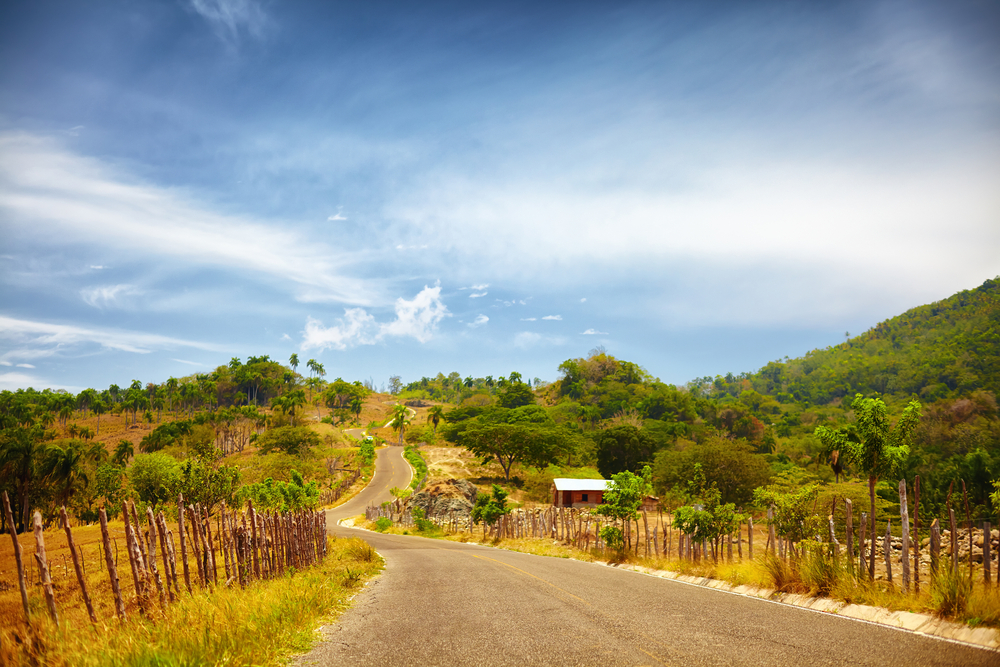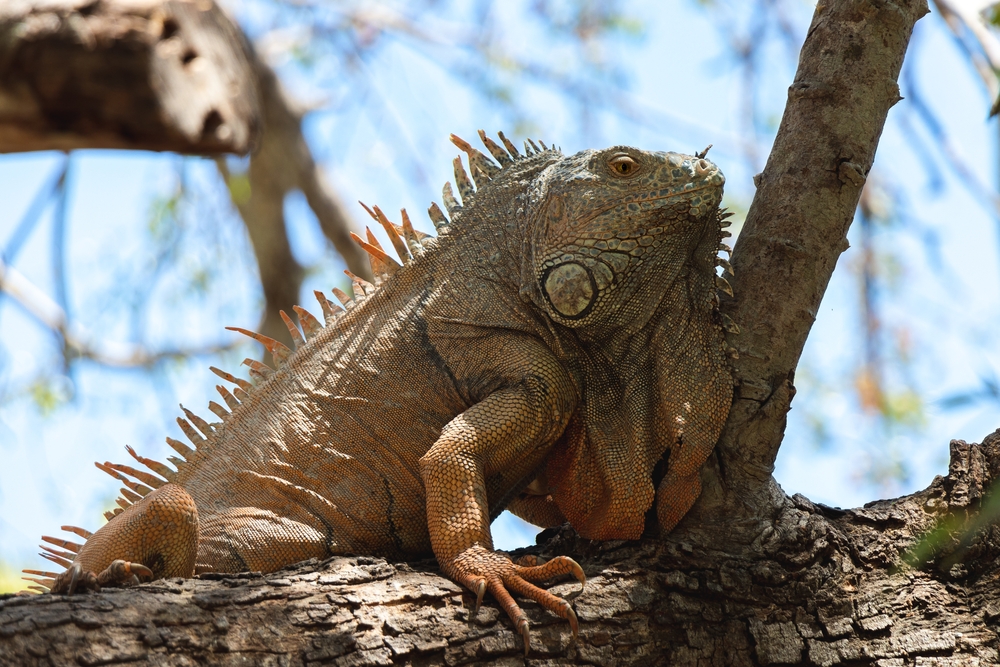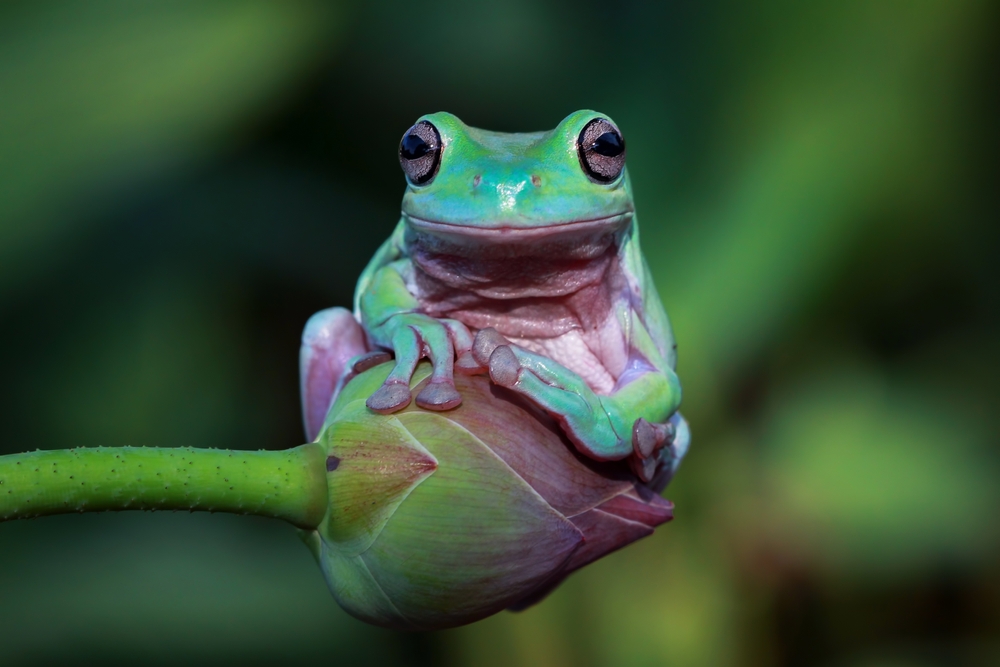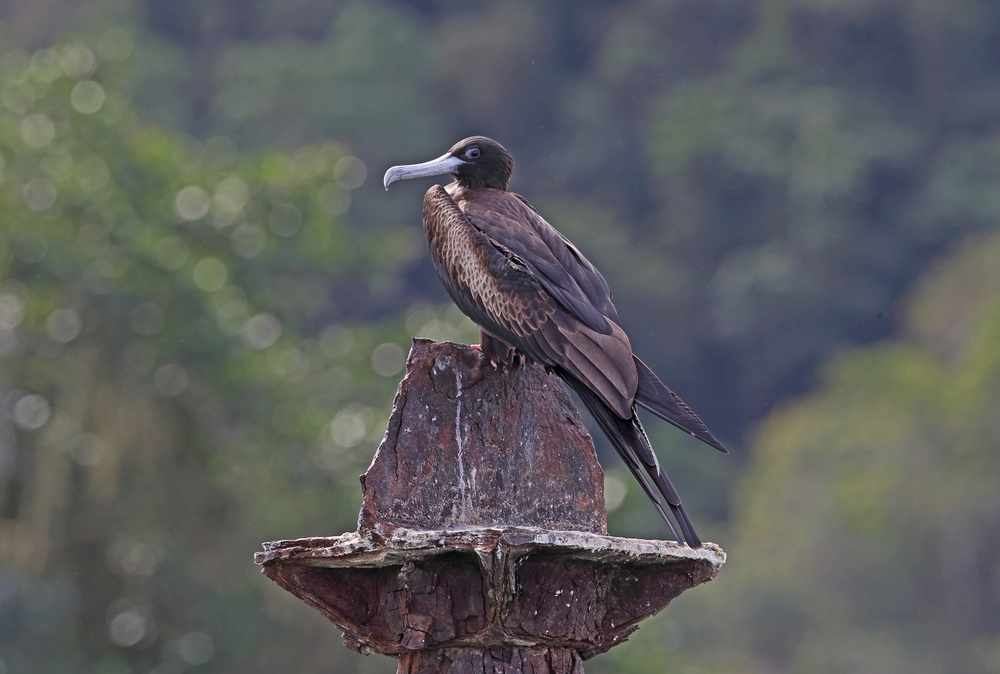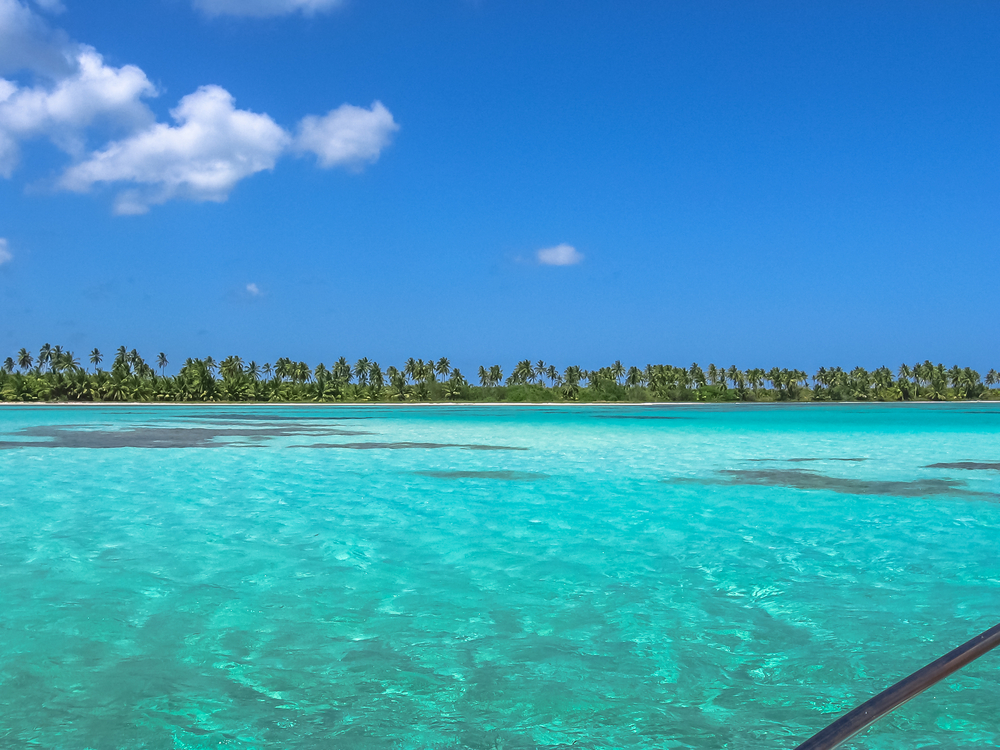Monte Cristi Overview
Monte Cristi National Park, known locally as Parque Nacional Monte Cristi, is a stunning natural reserve located in the northwest region of the Dominican Republic, near the Haitian border.
Spanning approximately 215 square miles (558 square kilometers), this national park is characterized by a dramatic combination of arid landscapes, coastal cliffs, and rich marine ecosystems.
The region is known for its striking El Morro, a towering limestone mesa that rises 777 feet (237 meters) above sea level, offering breathtaking panoramic views of the Caribbean Sea. The park’s terrain includes dry forests, extensive mangrove swamps, and sandy beaches, making it a diverse ecological haven.
Monte Cristi National Park features a mix of semi-desert and tropical environments, with an arid climate that supports unique vegetation. Cacti and thorny shrubs dominate much of the park, while mangroves thrive along the coastal zones.
The park is also home to extensive seagrass beds and coral reefs, which contribute to its rich biodiversity. Inland, visitors will find areas of dry tropical forest, where trees such as guayacán and lignum vitae grow, adding to the distinctive landscape. These forests are critical for preserving soil stability in an otherwise erosion-prone environment.
Wildlife in Monte Cristi National Park is remarkably diverse, particularly in its marine and coastal environments. The park serves as an important nesting ground for seabirds such as brown pelicans, frigatebirds, and herons. The inland dry forests host species like the Hispaniolan parrot, the palmchat, and various warblers.
Mammals are less common but include hutias, an endemic rodent species, and small bat populations found in limestone caves. The waters surrounding the park are teeming with marine life, including sea turtles, nurse sharks, and an array of tropical fish. The coral reefs and underwater caves provide crucial habitat for marine biodiversity, making this an exceptional location for snorkeling and diving.
One of the park’s most popular features is El Morro, a dramatic limestone formation that offers a unique contrast between the arid land and the turquoise waters below. The beaches of Monte Cristi, such as Playa El Morro, provide a quiet retreat for visitors, often with minimal crowds.
Another highlight is the network of mangroves along the coastline, which can be explored by boat or kayak. These mangroves serve as a nursery for many marine species and offer a peaceful experience for nature lovers. Additionally, the offshore Seven Brothers Cays, or Los Siete Hermanos, are a prime spot for birdwatching and snorkeling, drawing visitors interested in marine conservation and biodiversity.
Monte Cristi National Park offers a variety of ways for visitors to engage with its natural beauty. Hiking to the summit of El Morro provides spectacular views of the surrounding area, while boating through the mangrove forests allows for a closer look at the coastal ecosystem.
Snorkeling and diving enthusiasts can explore the coral reefs, home to vibrant marine life. Birdwatching is another popular activity, as the park serves as a habitat for numerous migratory and resident bird species. Fishing is regulated but remains a significant activity for local communities, and visitors can often witness traditional fishing practices along the coast.
Conservation efforts in Monte Cristi National Park focus on preserving its fragile ecosystems, particularly its marine habitats and mangrove forests. Illegal fishing and deforestation have posed challenges, but conservation programs have been implemented to combat these threats.
The park’s coral reefs are under constant monitoring to protect them from damage caused by climate change and human activity. Successful initiatives have included mangrove restoration projects and educational programs aimed at local communities and visitors.
Park management continues to work toward balancing conservation with sustainable tourism, ensuring that Monte Cristi remains a thriving natural sanctuary.


